(To Quoc) - In 2019, Hanoi became a member of the UNESCO Creative Cities Network (UCCN). This demonstrates the important position of the capital. This is also an opportunity for Hanoi to strongly promote its resources and potential, promote innovation and creativity, realize its strategic vision, and soon become a truly creative city of the country and the region.
Worthy of the title Creative City
Looking back over the 5 years since Hanoi joined UCCN, we can see the great efforts of all levels of government and the aspirations of many units and individuals for the goal of nurturing creativity. That is the basis for the city to confidently take the desire for innovation far in the creative journey of the Creative City.
According to Director of Hanoi Department of Culture and Sports Do Dinh Hong, after 5 years of implementing creative design initiatives in the cultural-economic-social development program, Hanoi has achieved certain results, focusing on 2 main groups of tasks: Issuing mechanisms, policies, and implementation plans; organizing specific activities to implement initiatives and commitments. Many competitions related to creative design have been organized.
The bold mark in the effort to innovate is clearly shown through the "Hanoi Creative Design Festival". In 2023, with the successful organization of the Creative Design Festival at Gia Lam Railway Factory and more than 60 sideline events, attracting more than 200,000 people and tourists to participate.
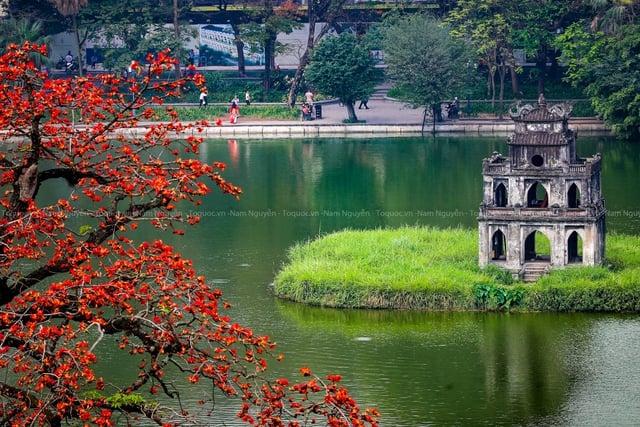
Following the success of 2023, the "Hanoi Creative Design Festival 2024" has created great attraction for residents and tourists. Many iconic works of the capital have become attractive creative spaces, attracting thousands of people to experience every day. The Hanoi Creative Design Festival 2024 aims not only to pilot a creative economic experience route for the city in the future, but also to be a place to demonstrate the creative potential of the city, contributing to the resonance, connection and attraction of resources, awakening the creative spirit of generations of Hanoians.
With more than 110 main activities and resonant programs held throughout the Festival, the event is highly appreciated by the public, the creative community, and domestic and foreign visitors. The Festival is considered a colorful "party", becoming a place for interaction and connection between creative practitioners, artists, designers, experts and the community.
After 9 days of organization, the Festival welcomed more than 300,000 visitors; in which, on weekends, the Festival welcomed nearly 60,000 people/day. People and tourists patiently lined up, eagerly waiting to visit. "The most meaningful value that the Festival brings is to form new awareness for people about creativity as well as about culture, history, and architecture through experiential activities, interacting with heritage, and participating in community activities", Mr. Do Dinh Hong emphasized.
Preserving visual heritage as "portraits" of Hanoi
Hanoi is steadfastly moving step by step towards the goal of becoming a regional and world creative center. To realize this aspiration, in the coming time, the capital needs to focus on raising awareness and responsibility of all levels, sectors, businesses and people in developing the Creative City brand. How can each citizen further promote creativity in all fields, so that creativity becomes the material and driving force for the development of the capital in the coming years?
According to Professor, Dr. Architect Hoang Dao Kinh, Hanoi needs to strengthen the development of exchange and connection programs with creative cities in the region and internationally; proactively participate in the activities of UCCN members...
As someone who has conducted extensive and long-term research on Hanoi's architectural heritage as well as has a lot of practical experience in preserving and restoring many works, Professor, Dr. Architect Hoang Dao Kinh believes that the outstanding spiritual culture in Hanoi is the street culture, which contains many unique and typical features of Hanoi and is currently fading away. The concern is how to recognize and maintain those cultural features in the current situation of contradictory development.
According to Professor, Dr. Architect Hoang Dao Kinh, more than 1,000 years ago, King Ly Thai To issued an edict to move the capital, facing many ambitions and concerns. More than 1,000 years later, our generation is determined to build a capital that is hundreds, thousands of times larger and more massive. Ambitions and concerns have therefore increased manifold. Hanoi, entering the second millennium, needs vision and practical thinking.
Hanoi has expanded to 3,340km in width. However, the old Hanoi, to become the central factor, must be developed in combination with renovation and modernization. Otherwise, the central factor can become a "retarded" architectural and historical entity. The spread from that urban core (if) is consolidated and enhanced, will decide the future of the capital's urban architecture. No other urban structure can replace it. Hanoi today, from a certain perspective, is a "museum" of urban architecture and urban culture. Characteristic of the modern period, characteristic of the long transition in social development, with differences originating from East Asia and from special historical circumstances.
According to Prof. Dr. Architect Hoang Dao Kinh, in general, the natural path for Hanoi’s development is the combination of conservation and maintenance, renovation and modernization. Only then can Hanoi both integrate internationally in development and preserve and highlight its own inherent uniqueness. In the competition between cities, heritage and identity are also effective factors.
"In the context of rapid development and international integration, my biggest concern right now is how to inherit Hanoi's urban cultural heritage resources? That heritage includes two components: the urban architectural heritage component that is the essence and core of Hanoi's "portrait", and the traditional urban spiritual culture component (streets) can be preserved and continued to be developed or not?", Prof. Dr. Architect Hoang Dao Kinh shared.
The old architectural heritage of Hanoi is very unique, very delicate, but very fragile, and very difficult to preserve and continue to develop in the current rapid development. This is really a challenge for cities, not only for Hanoi but also for cities with much more massive heritage assets than ours…
How to preserve the visual heritage as the "portrait" of Hanoi through the elite "core area" such as Hoan Kiem and Ba Dinh districts, for example... This "core" area is too small compared to the correlation of hundreds of times development and is still developing in terms of urban scale as well as urban architectural assets of Hanoi as it is today.
"The outstanding spiritual culture in Hanoi is the street culture - not the capital culture like Hue. That is the urban spirit of Hanoi - which can be described as the culture of behavior with each other, the culture of craft villages, the culture of trading, and even the culture of competition... Those cultural features contain many unique and typical features of Hanoi. That culture is extremely fragile and has also faded a lot. How to recognize and maintain those cultural features in the current situation of opposing development. Those are the things that those who think deeply and broadly about Hanoi's development must think about - especially those who are responsible for making decisions", Prof. Dr. Architect Hoang Dao Kinh expressed.
Source: https://toquoc.vn/tu-hao-thu-do-thiet-ke-cua-the-gioi-20250125134326116.htm


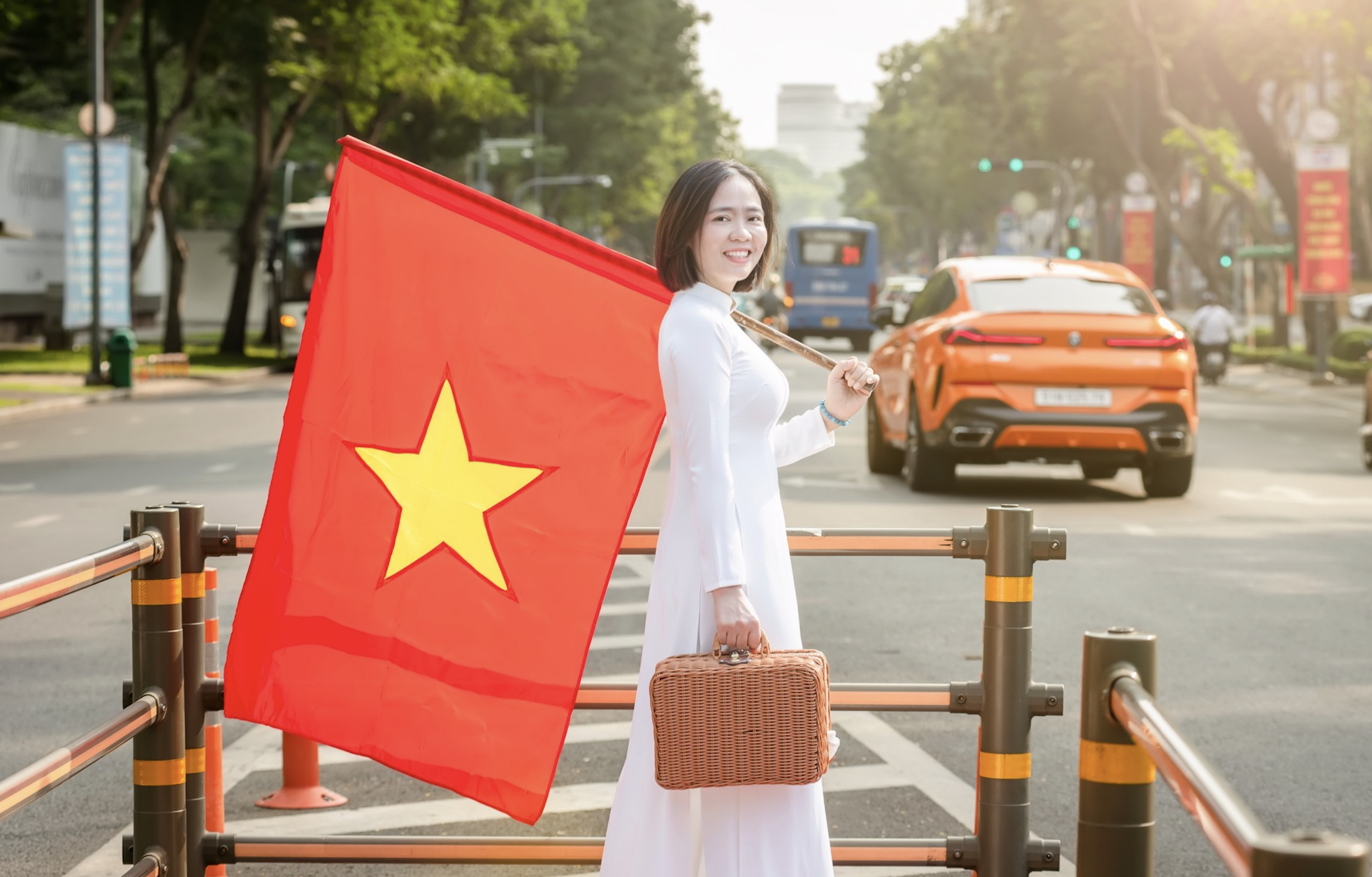
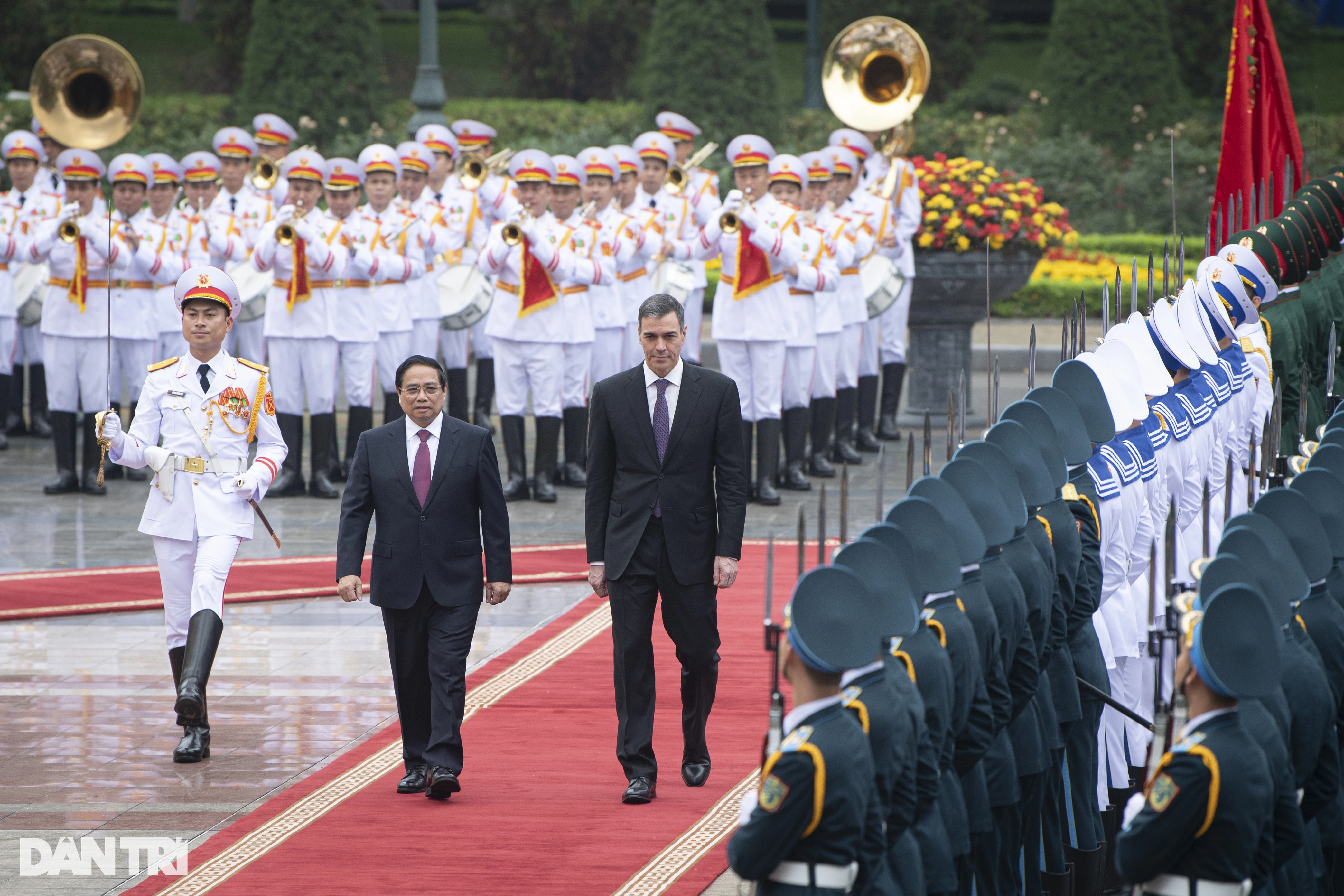
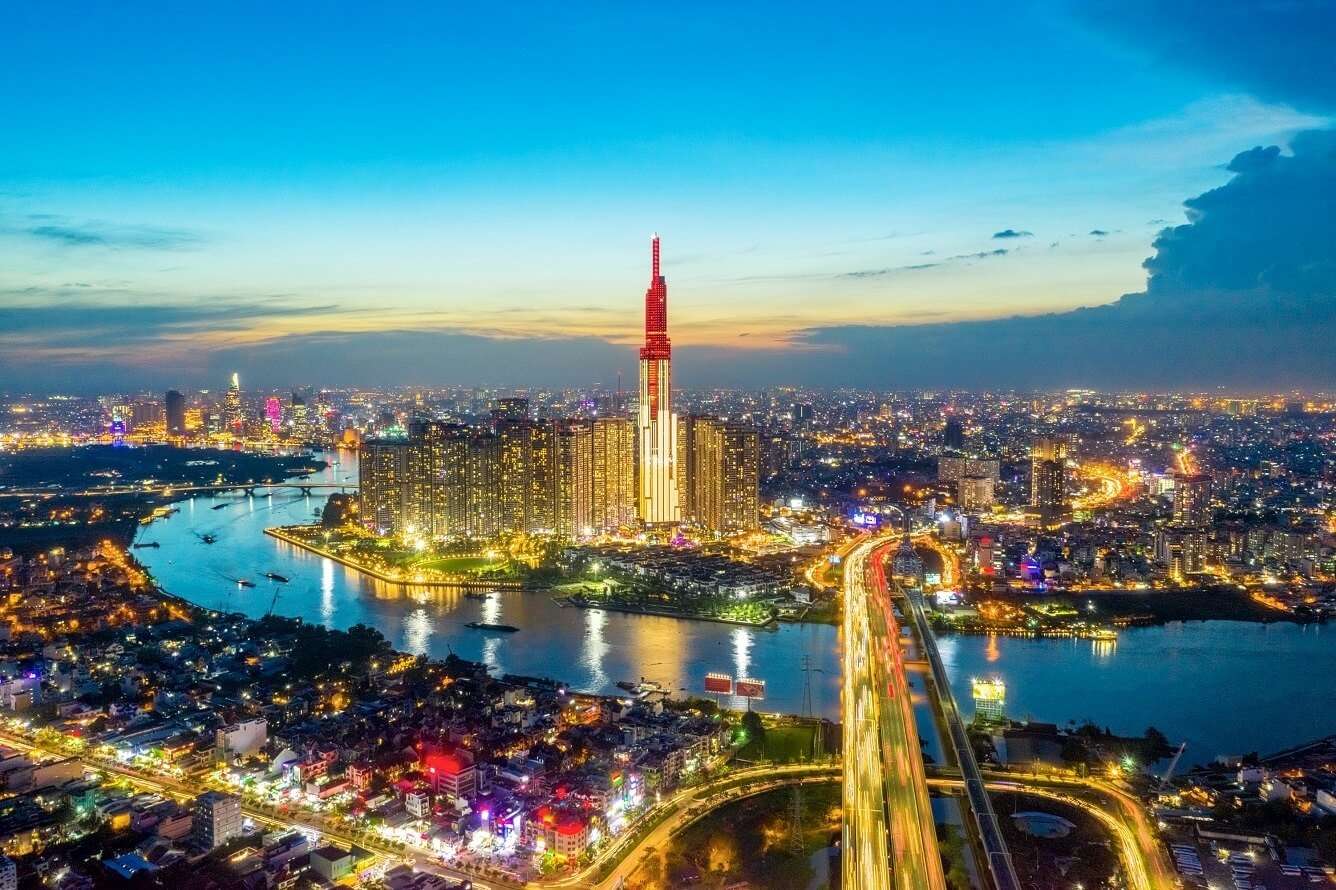

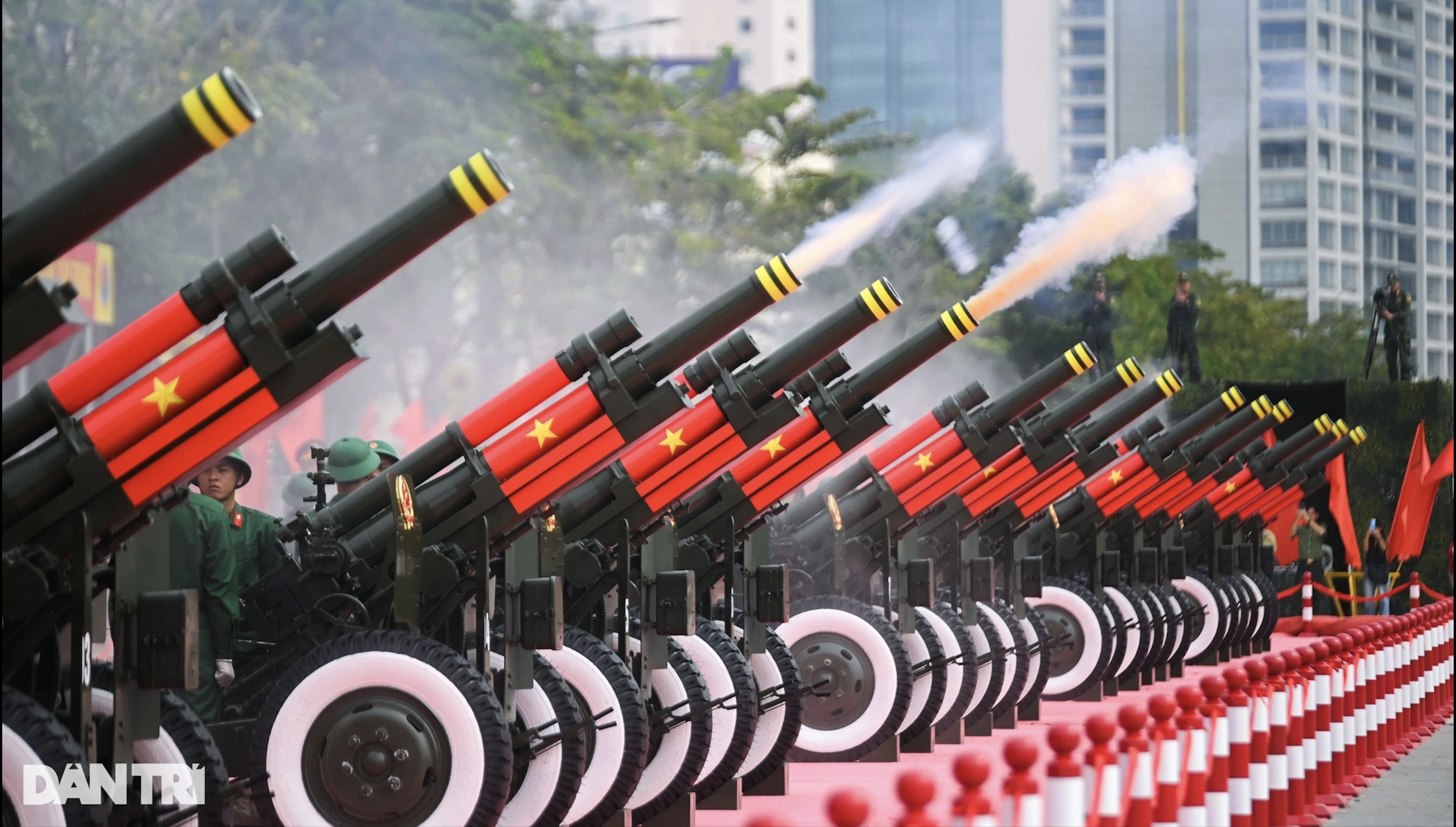
![[Photo] Visiting Cu Chi Tunnels - a heroic underground feat](https://vstatic.vietnam.vn/vietnam/resource/IMAGE/2025/4/8/06cb489403514b878768dd7262daba0b)
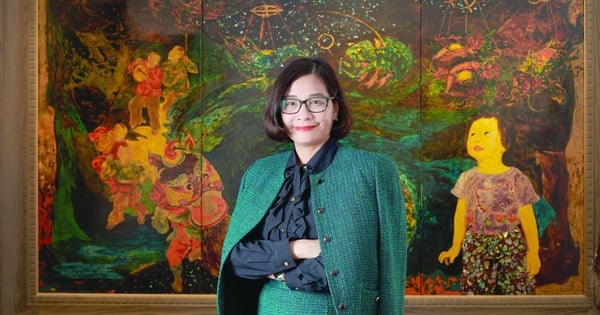

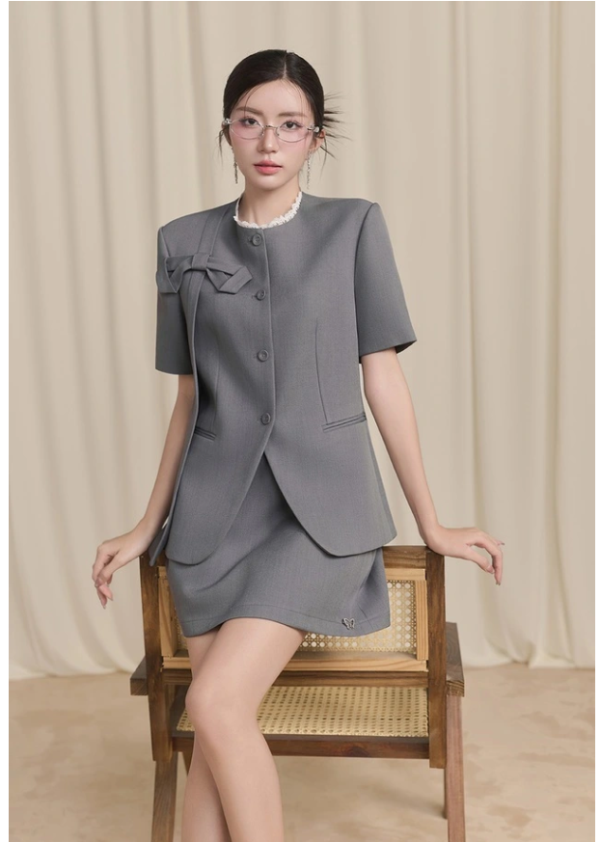
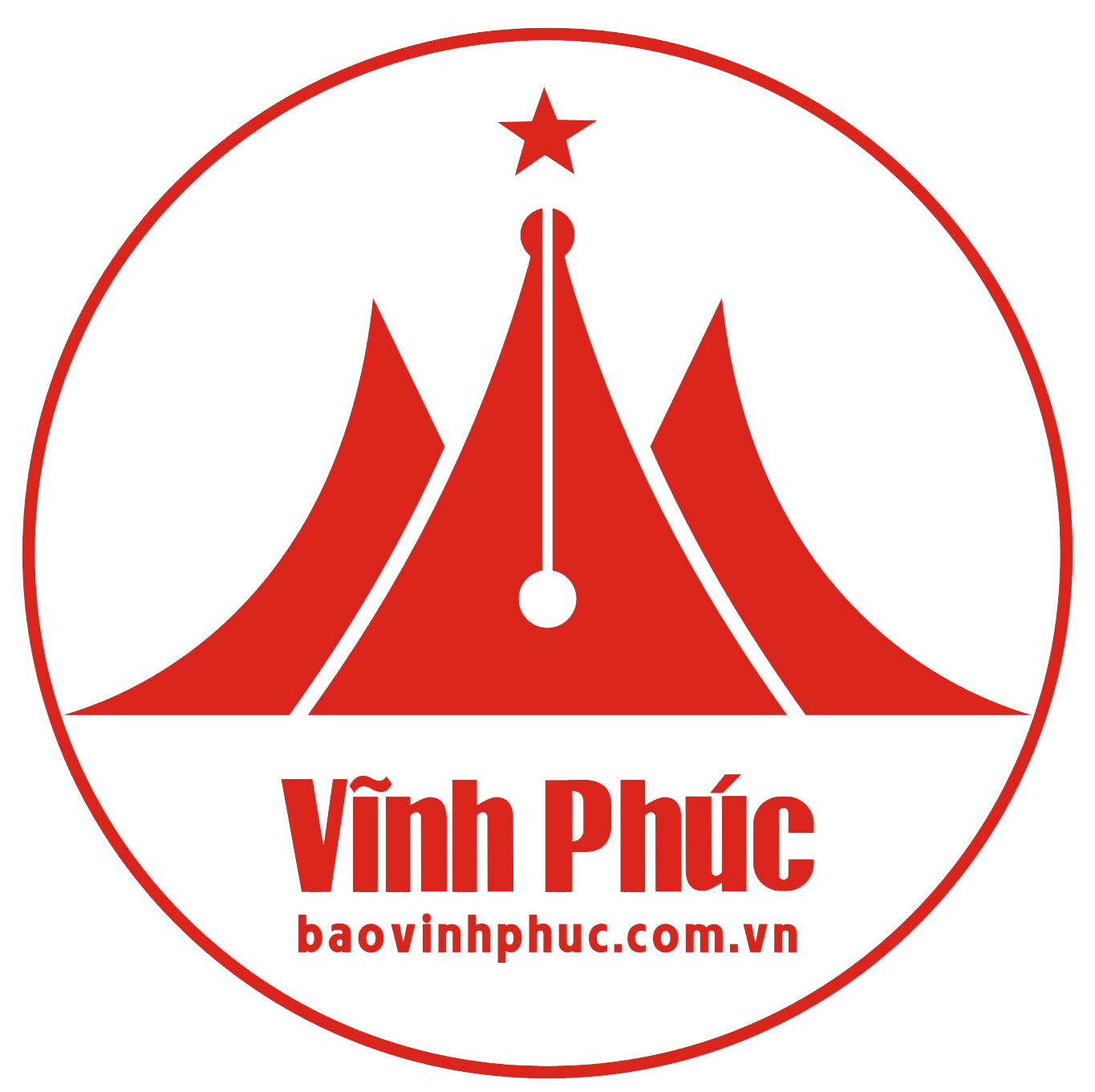
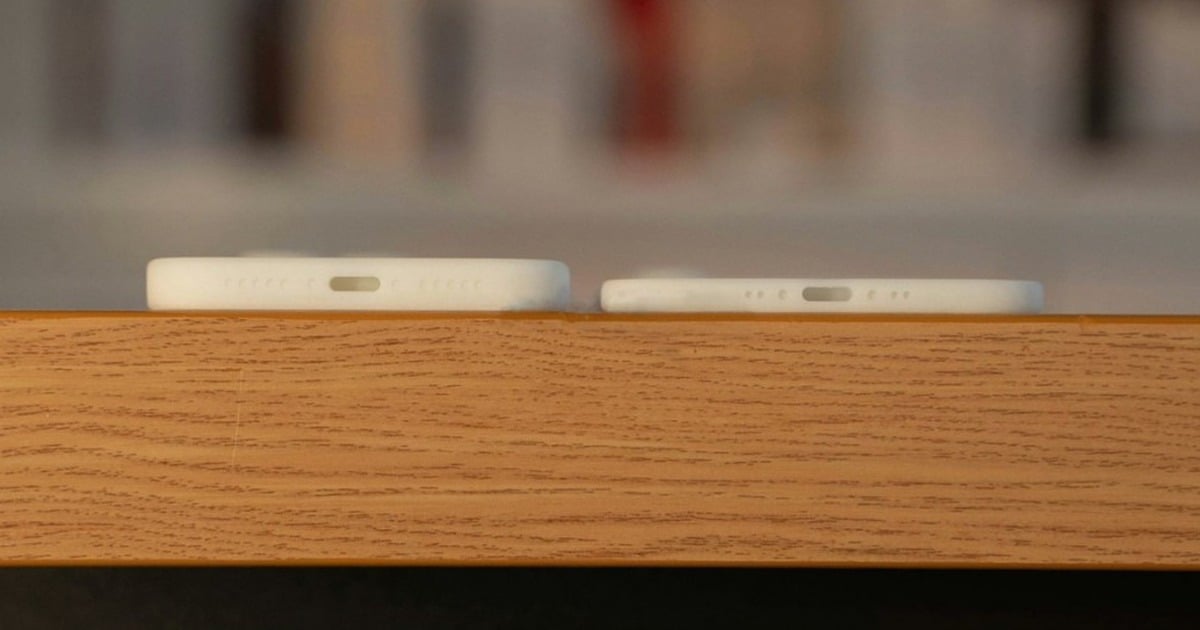

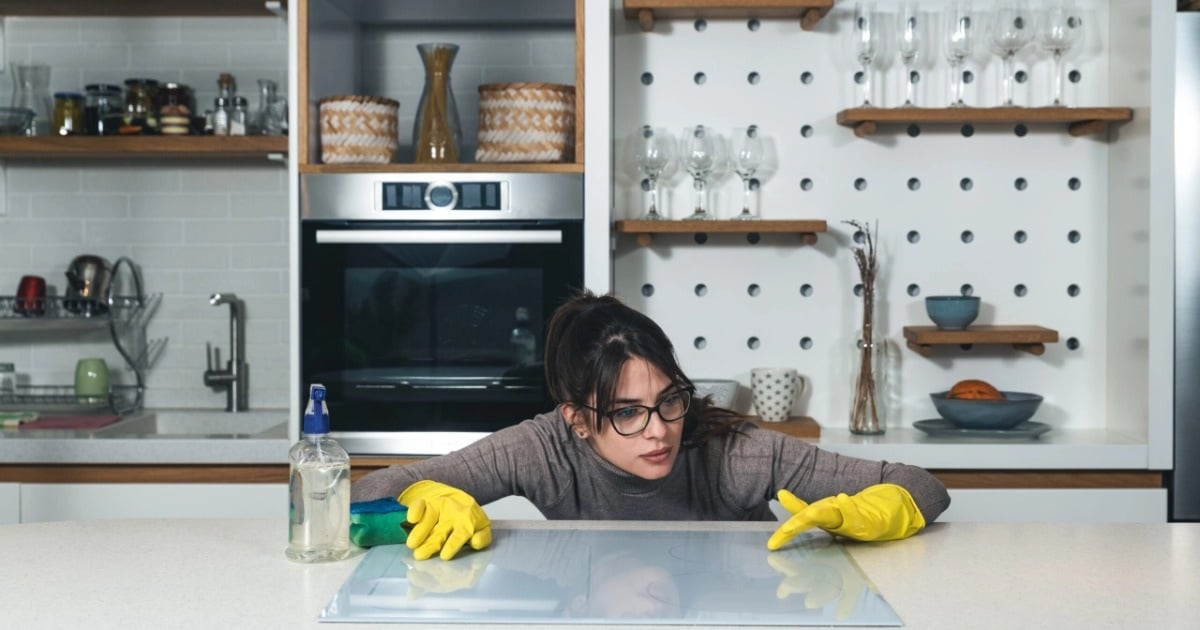

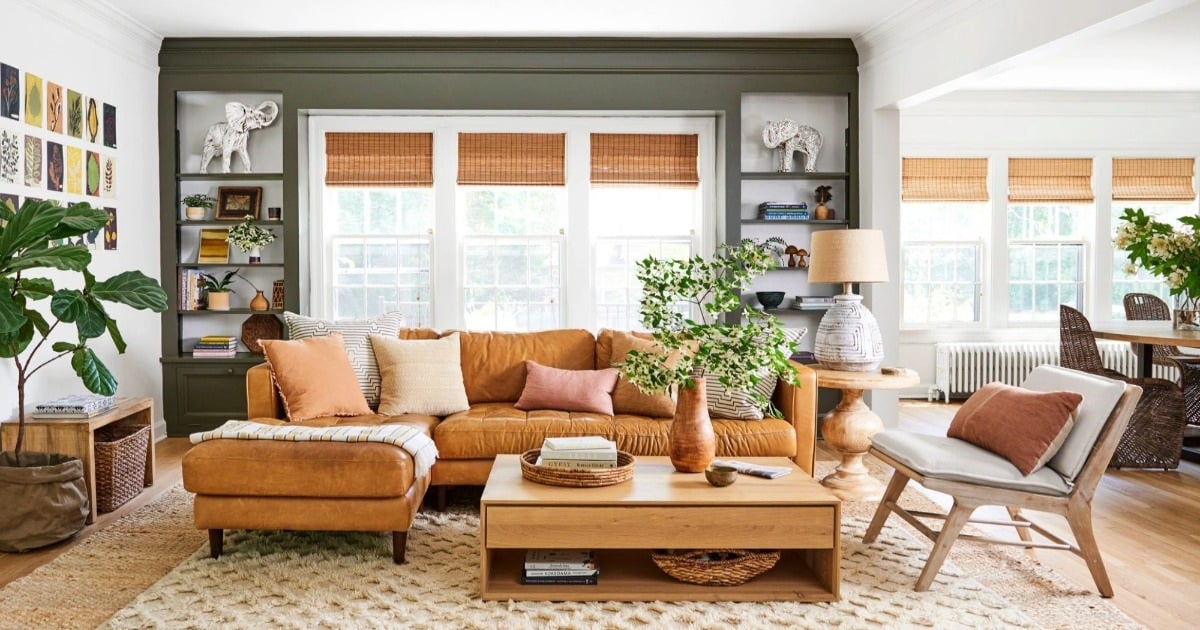


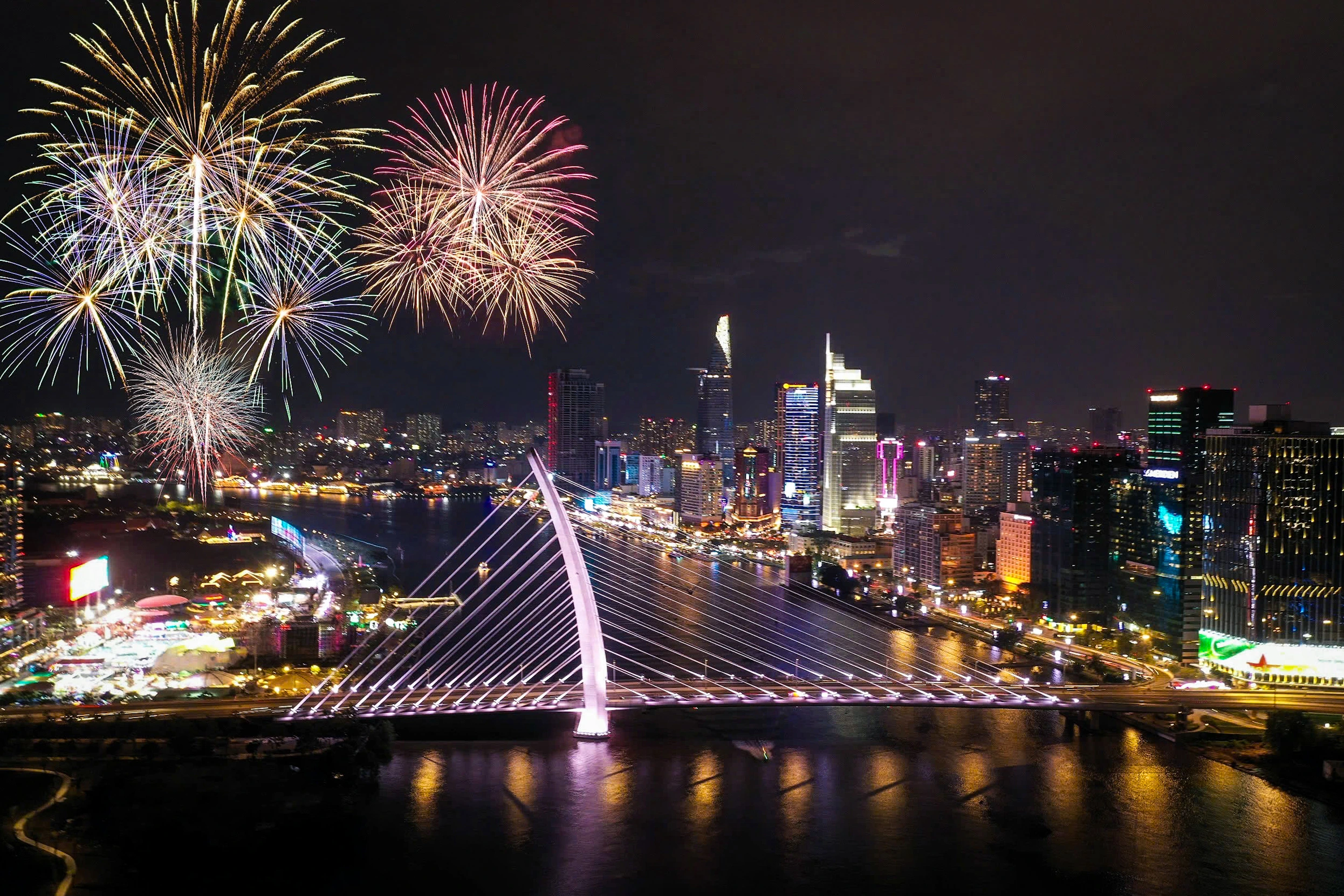
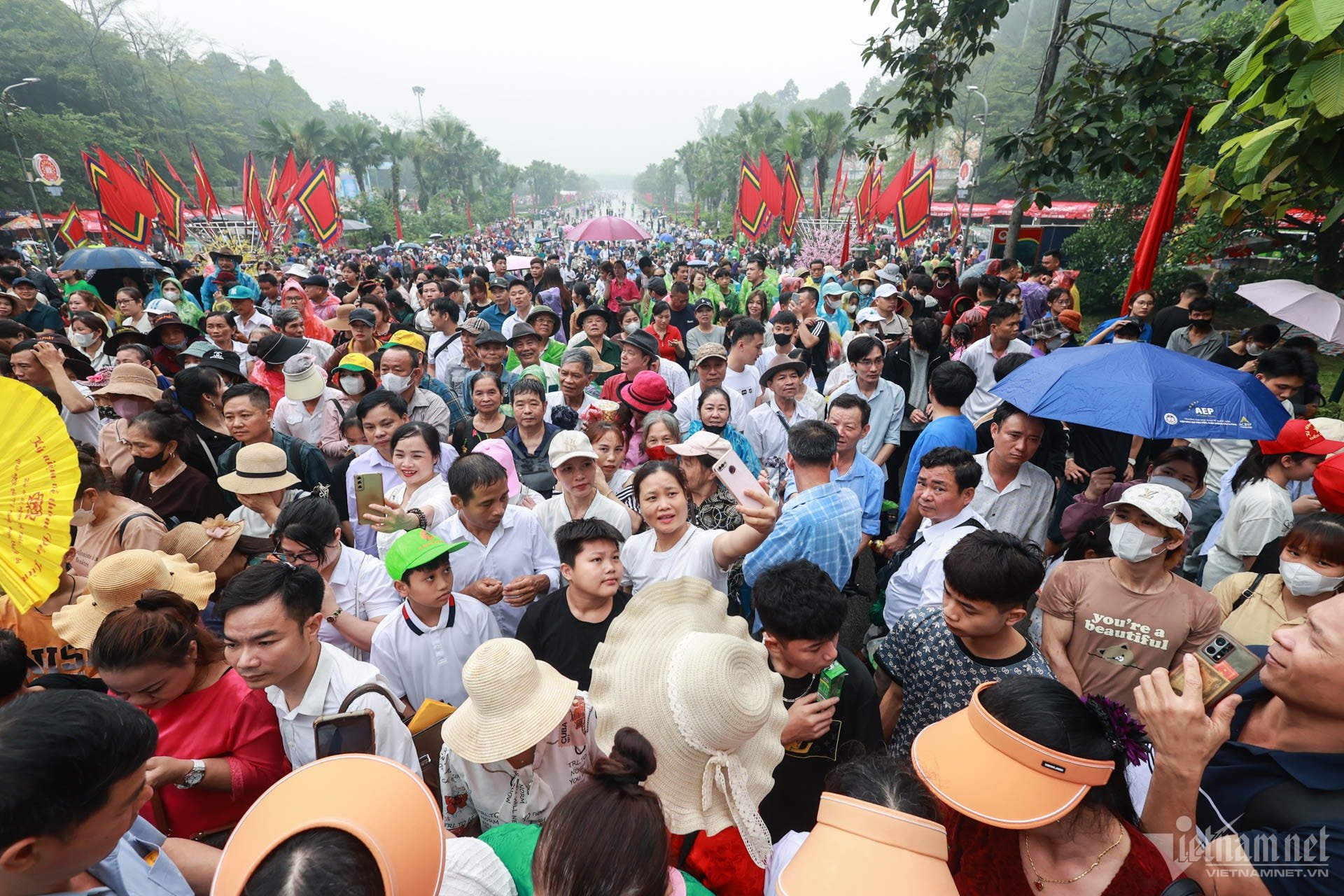
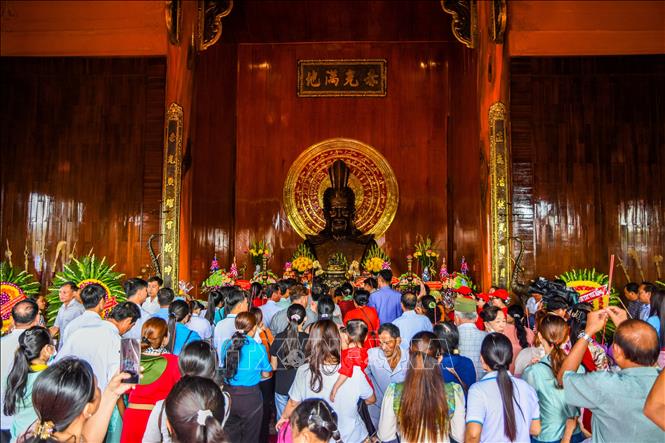
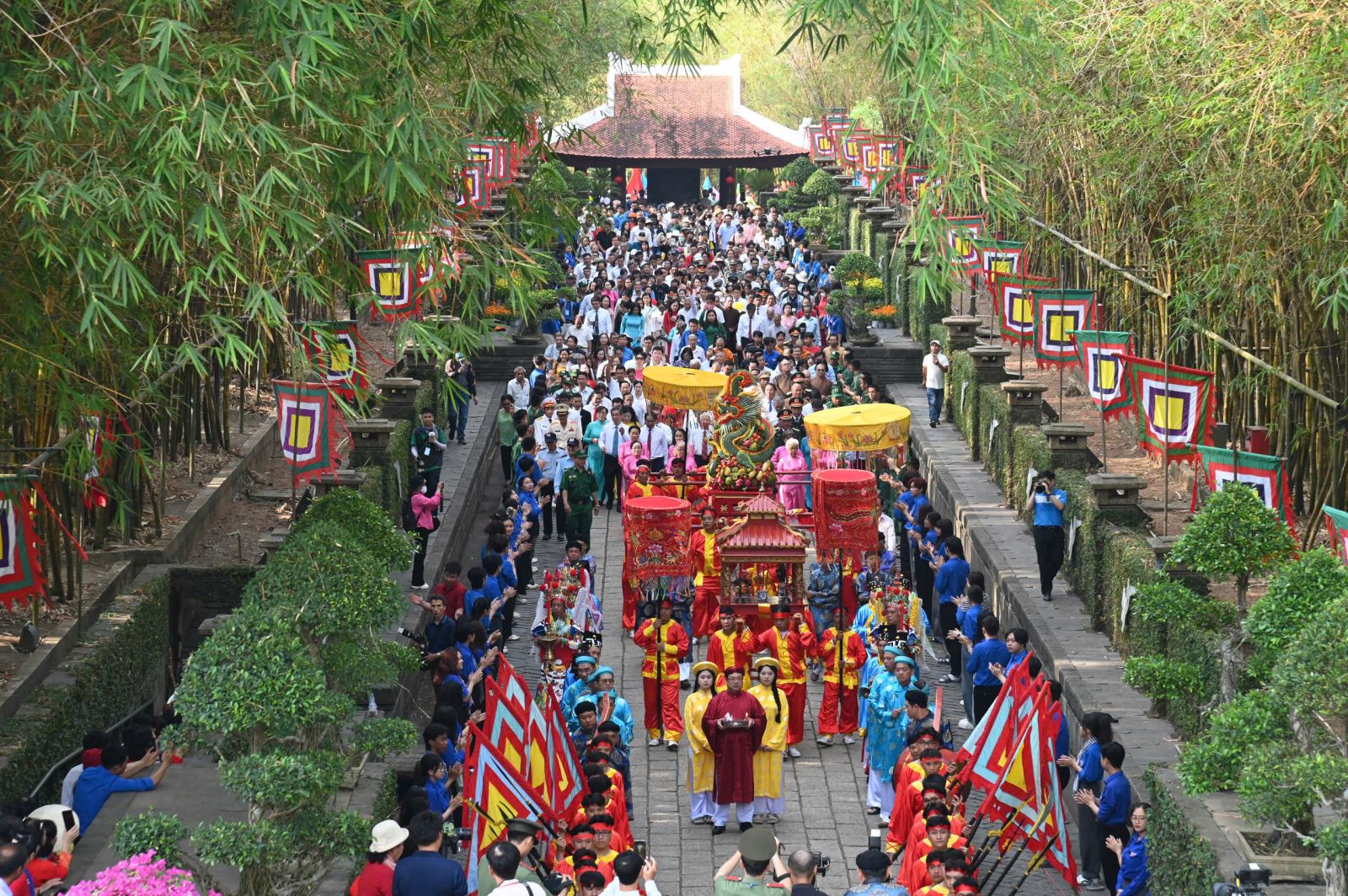
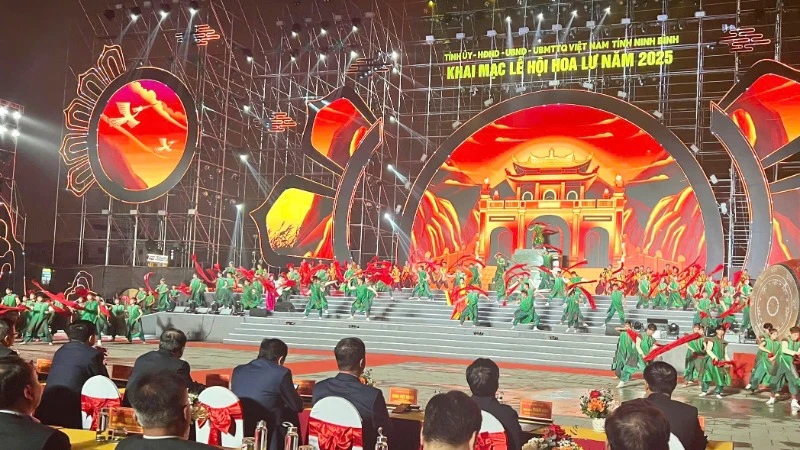
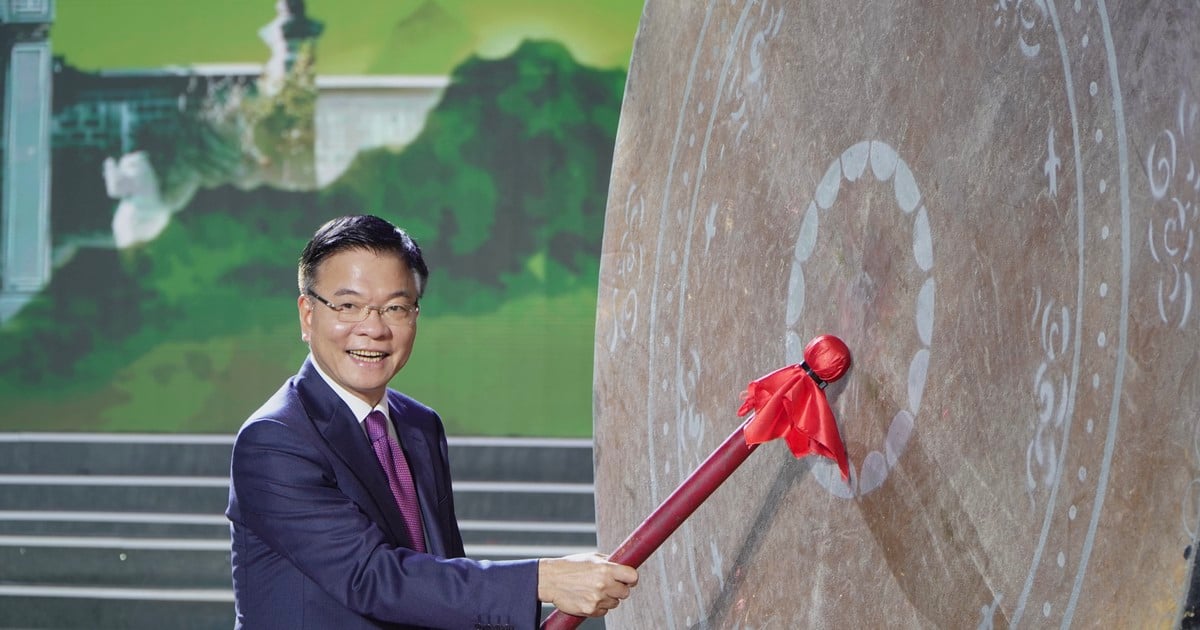
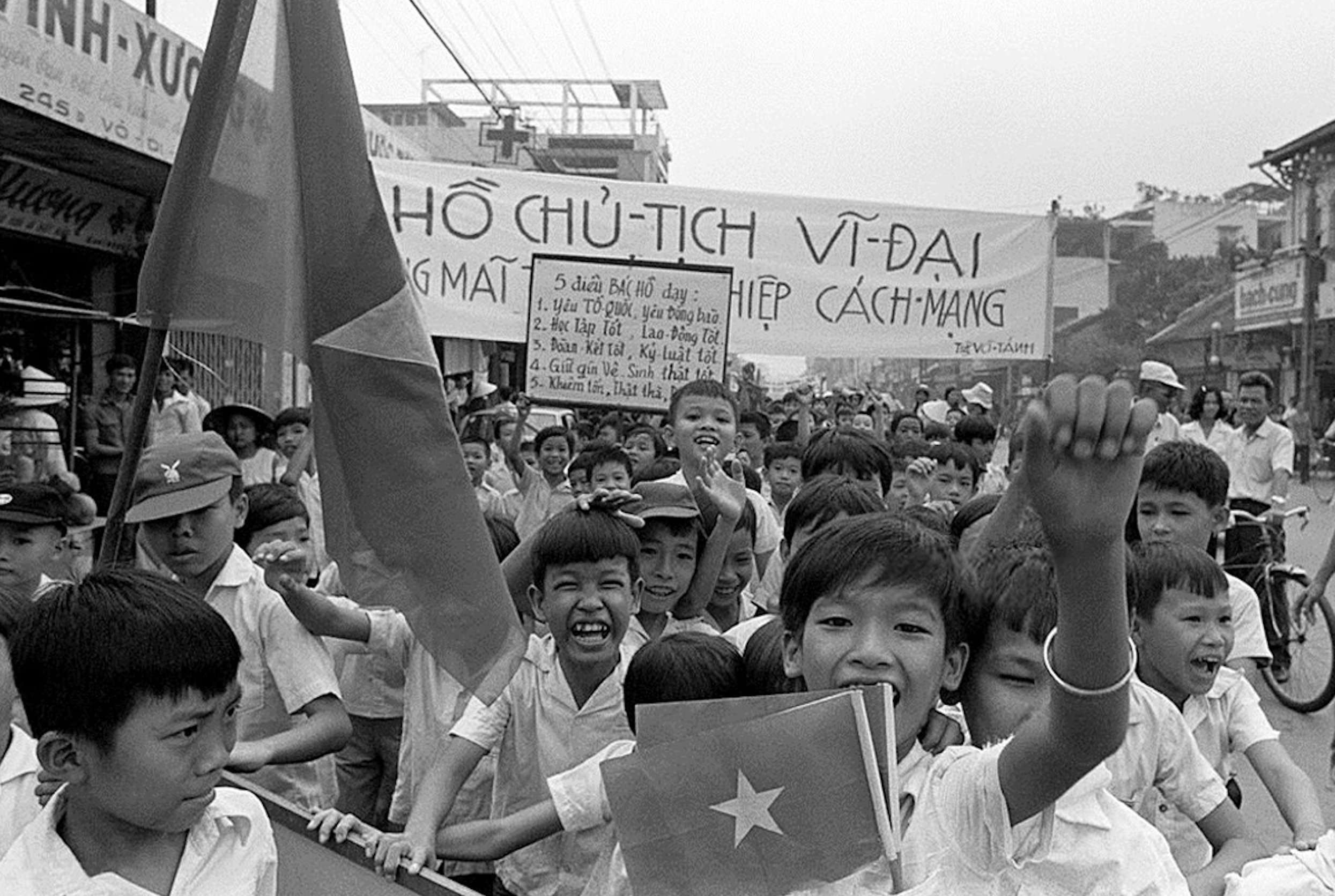
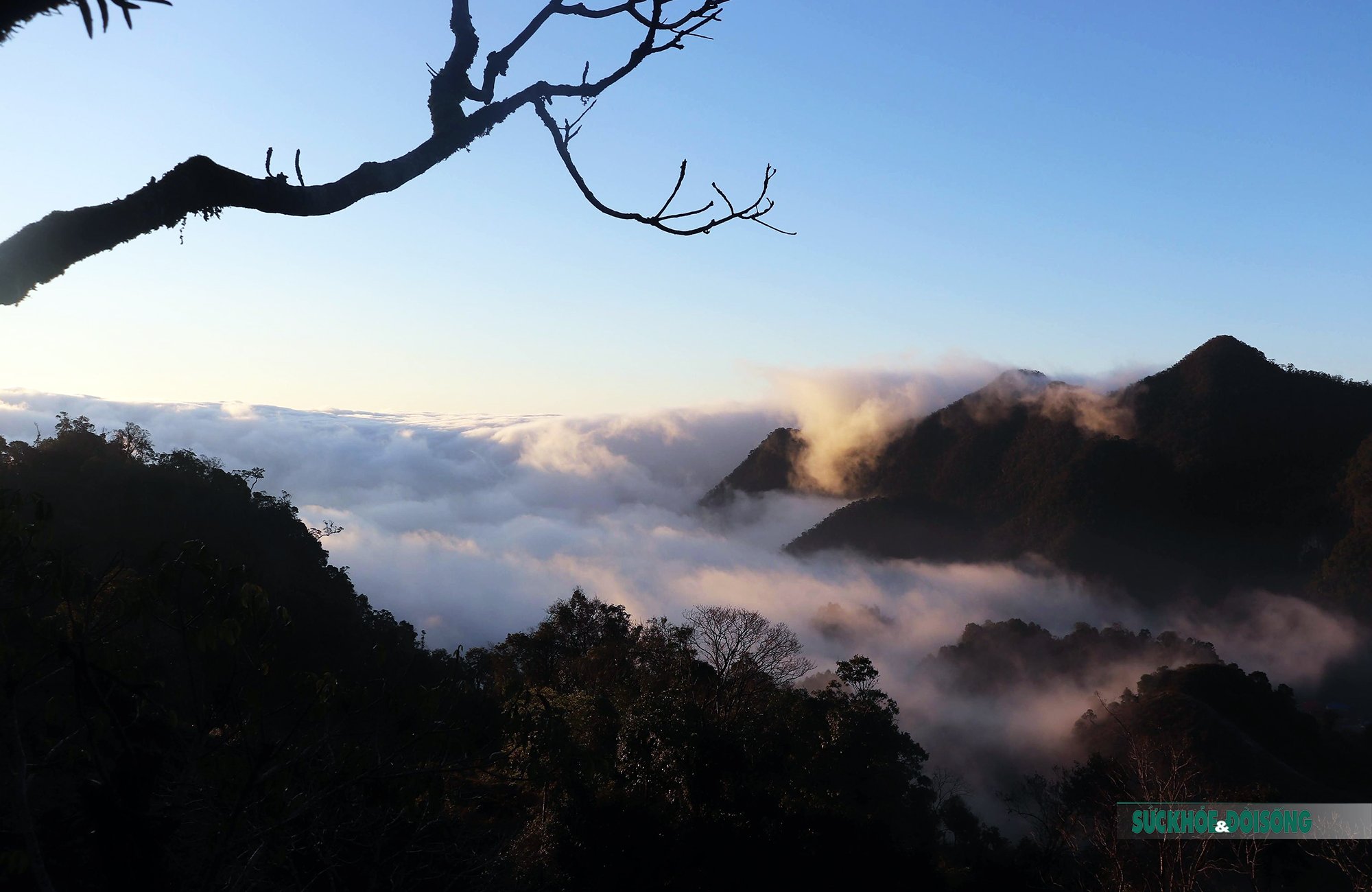


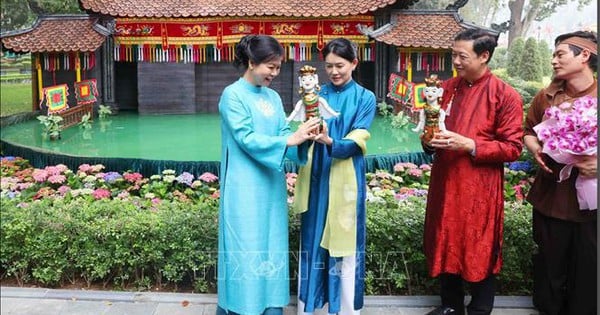
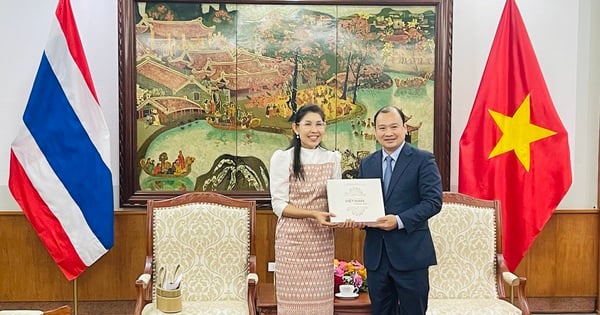
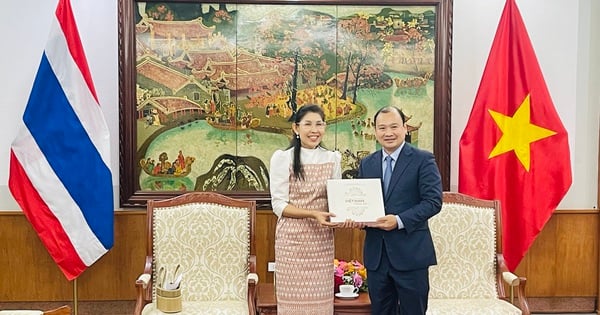
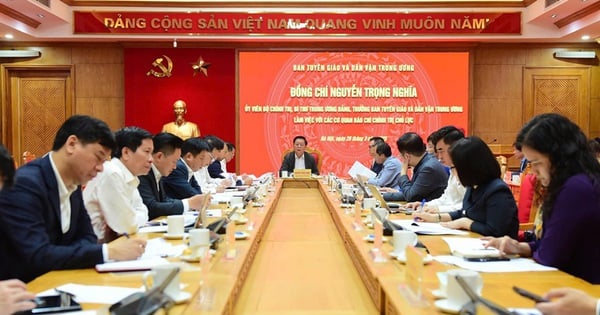
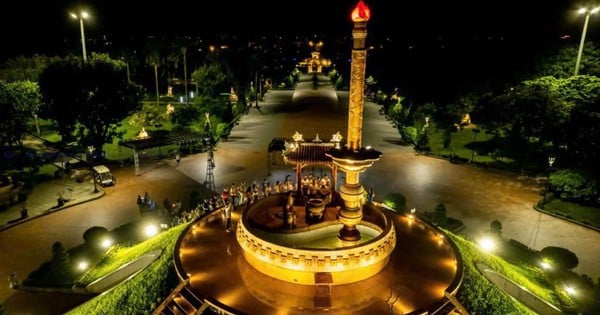
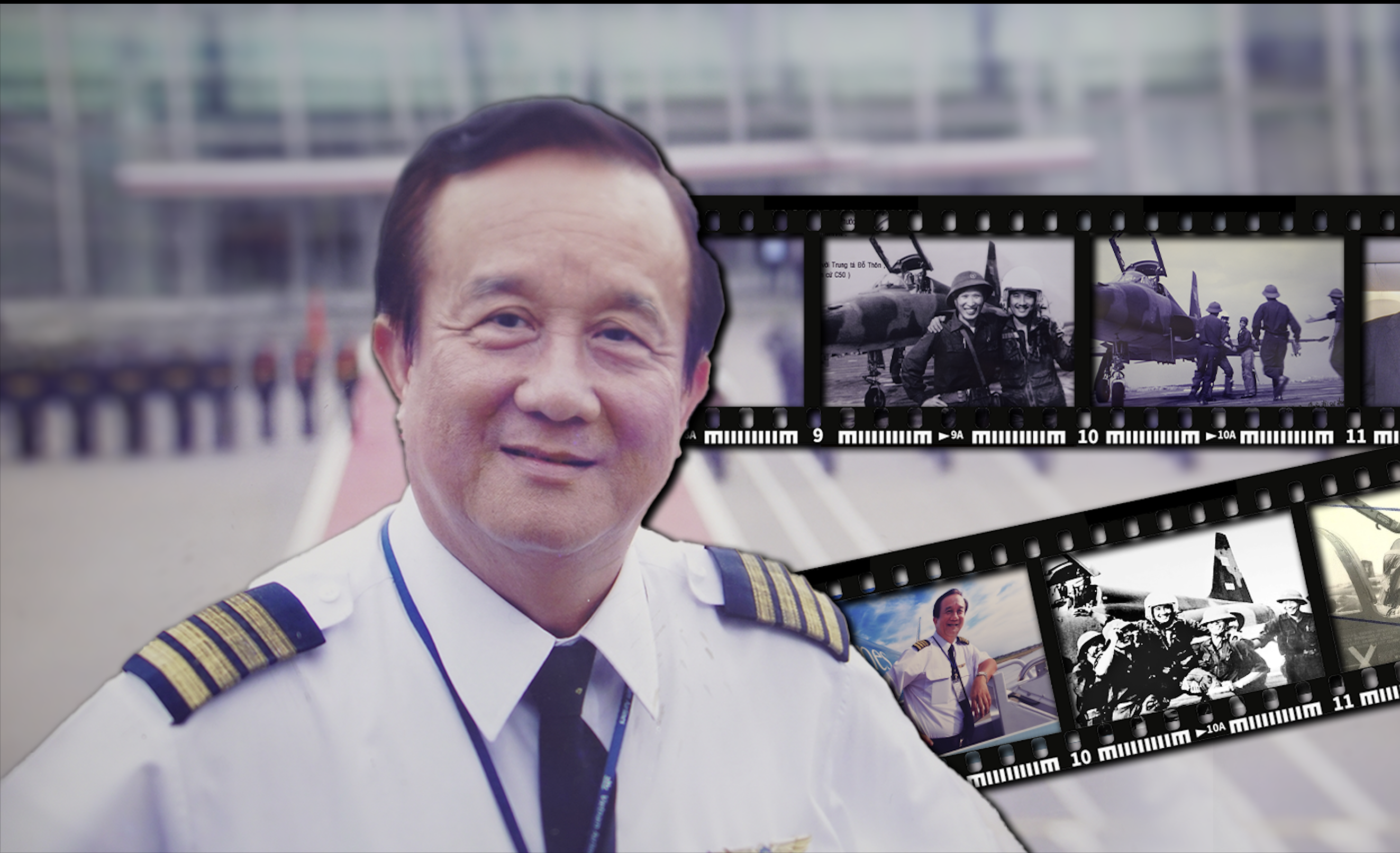
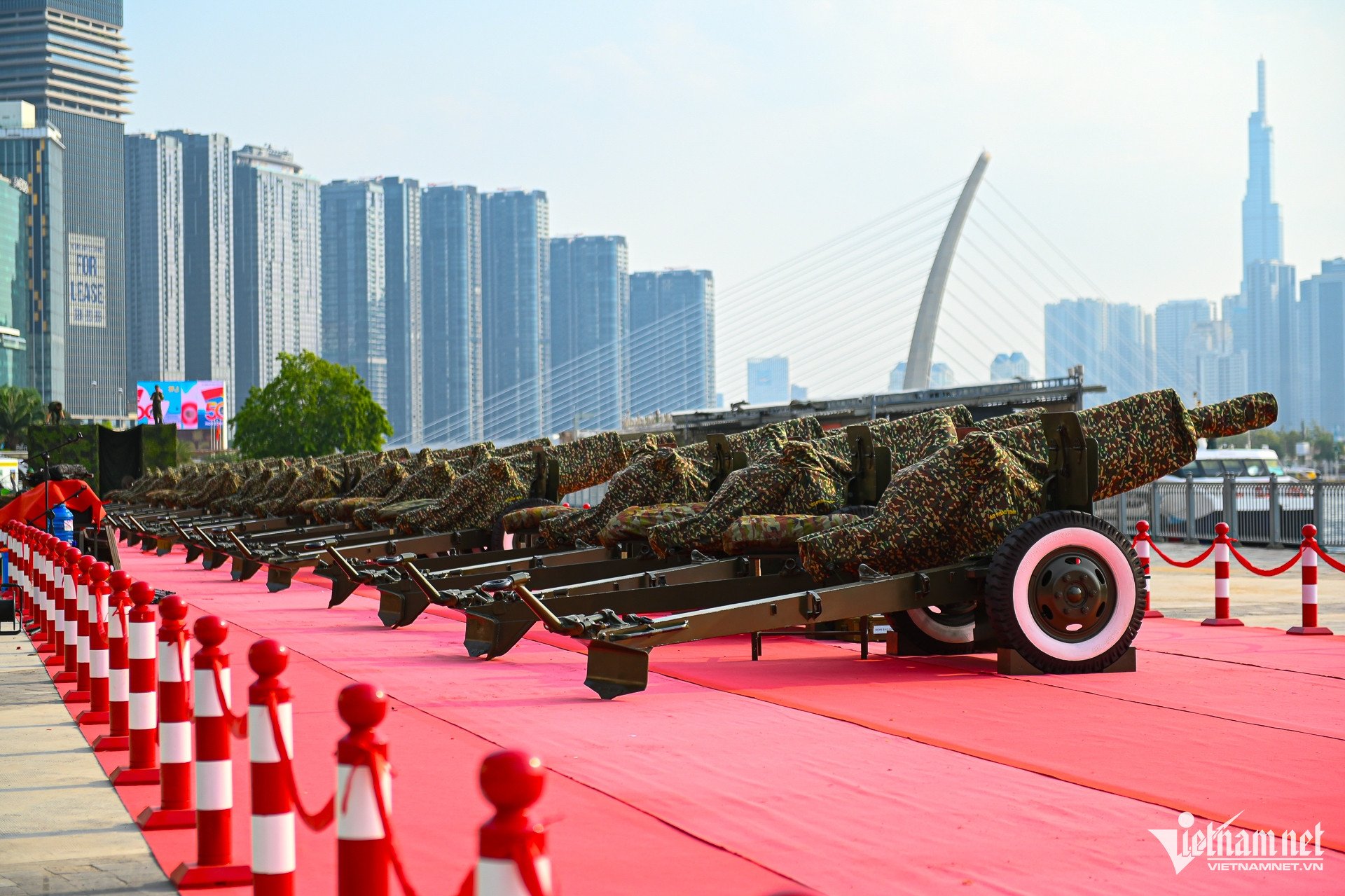
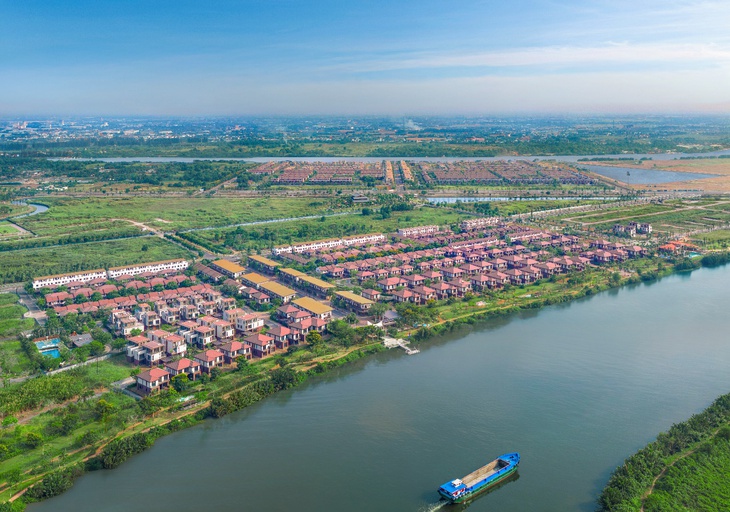
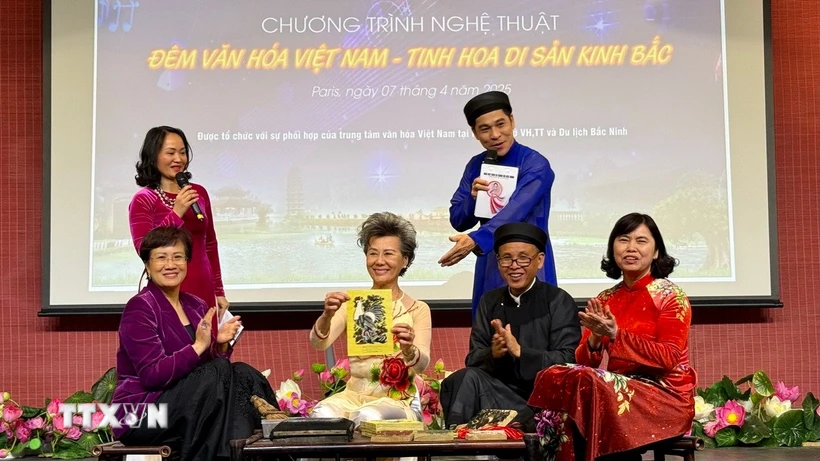

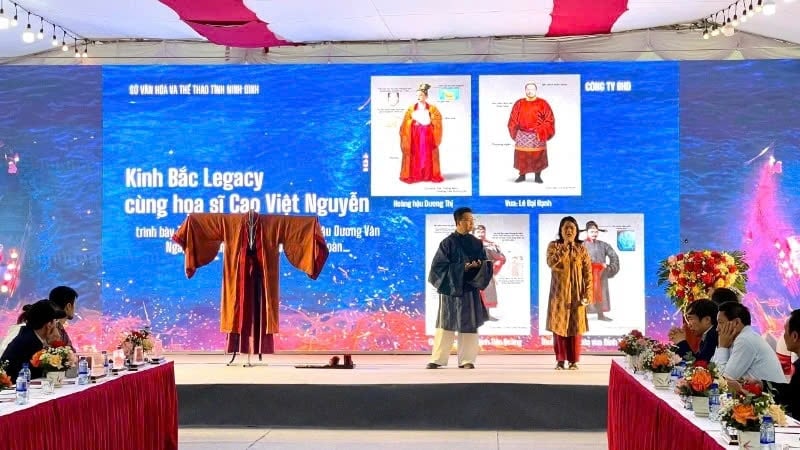

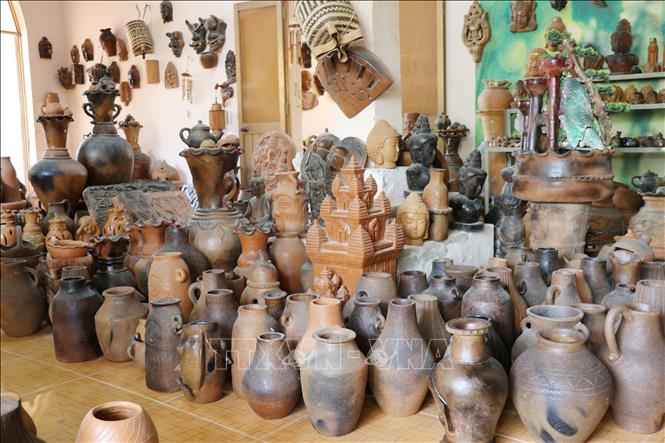

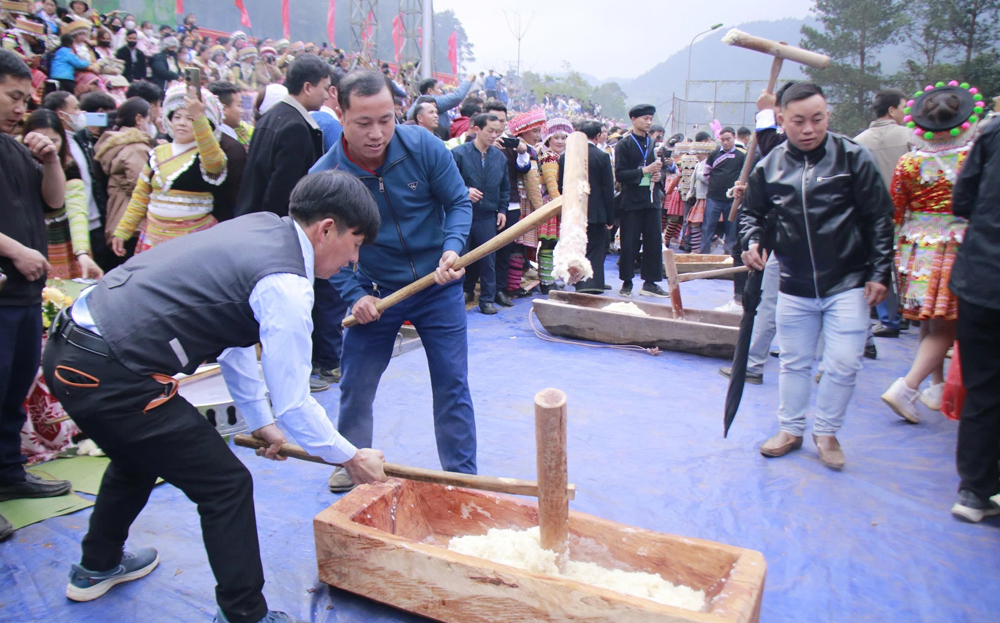

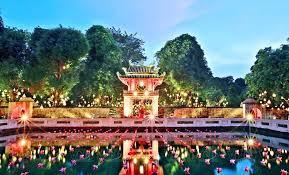
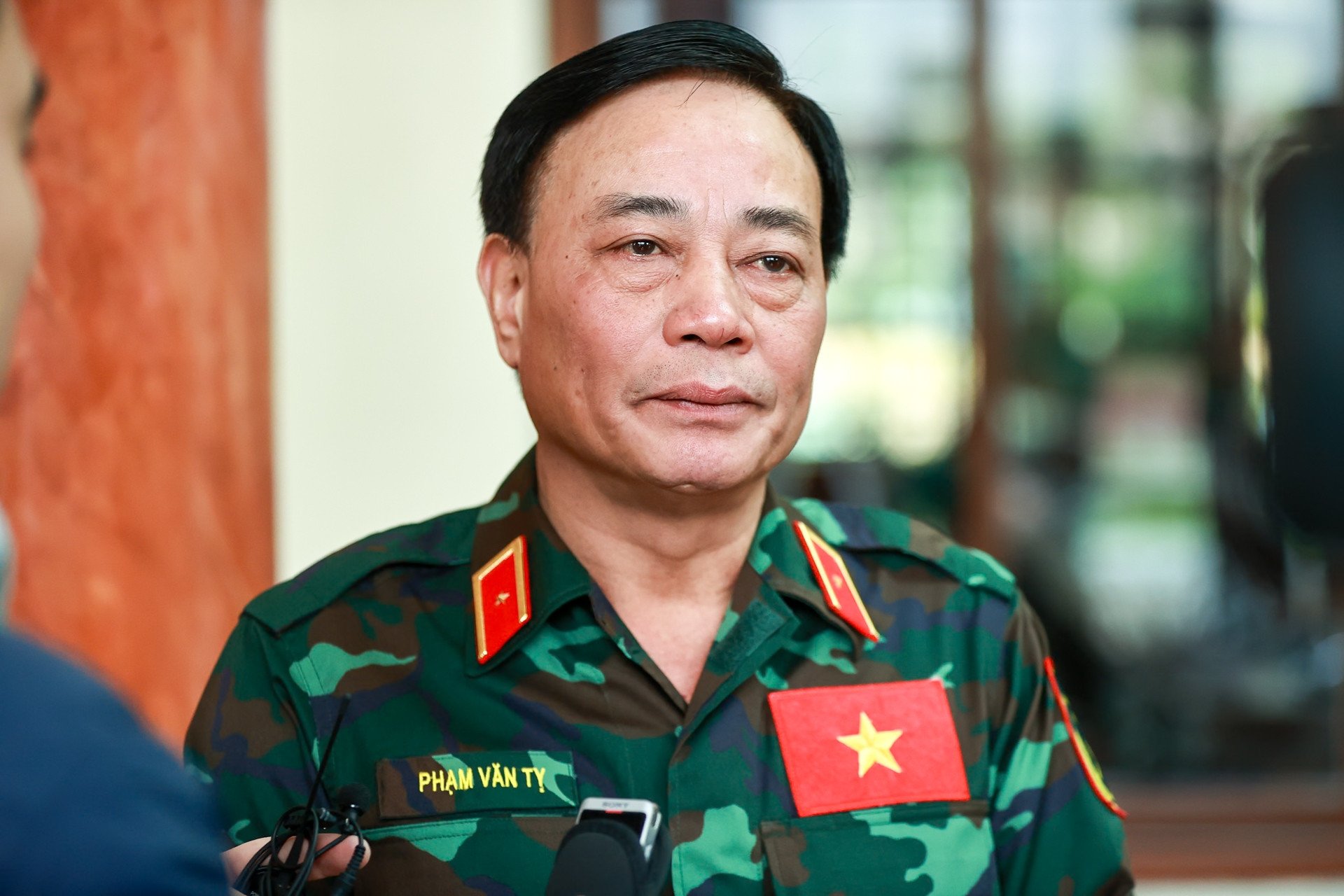
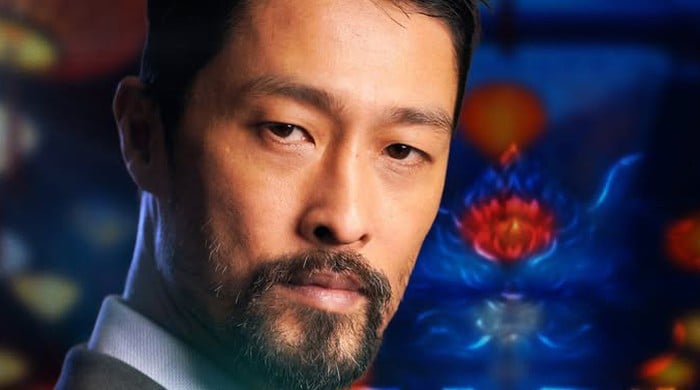
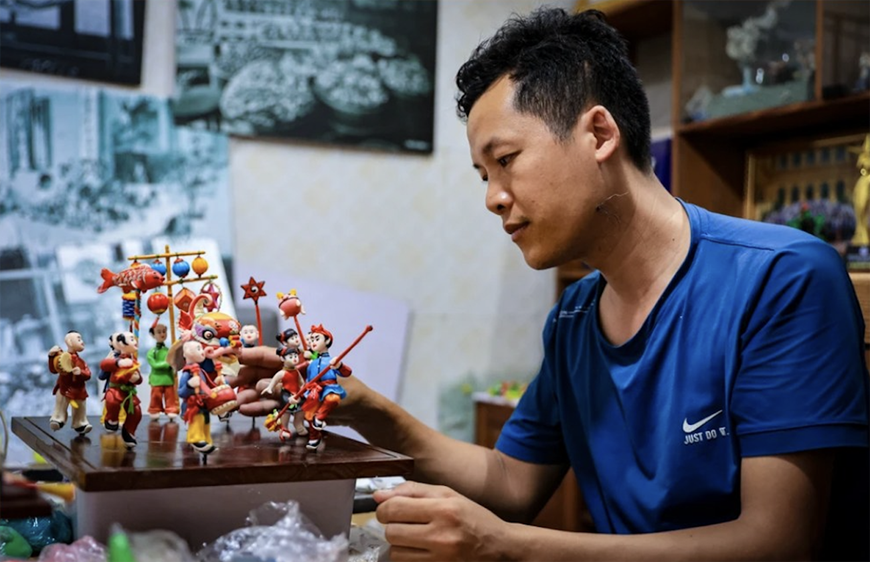

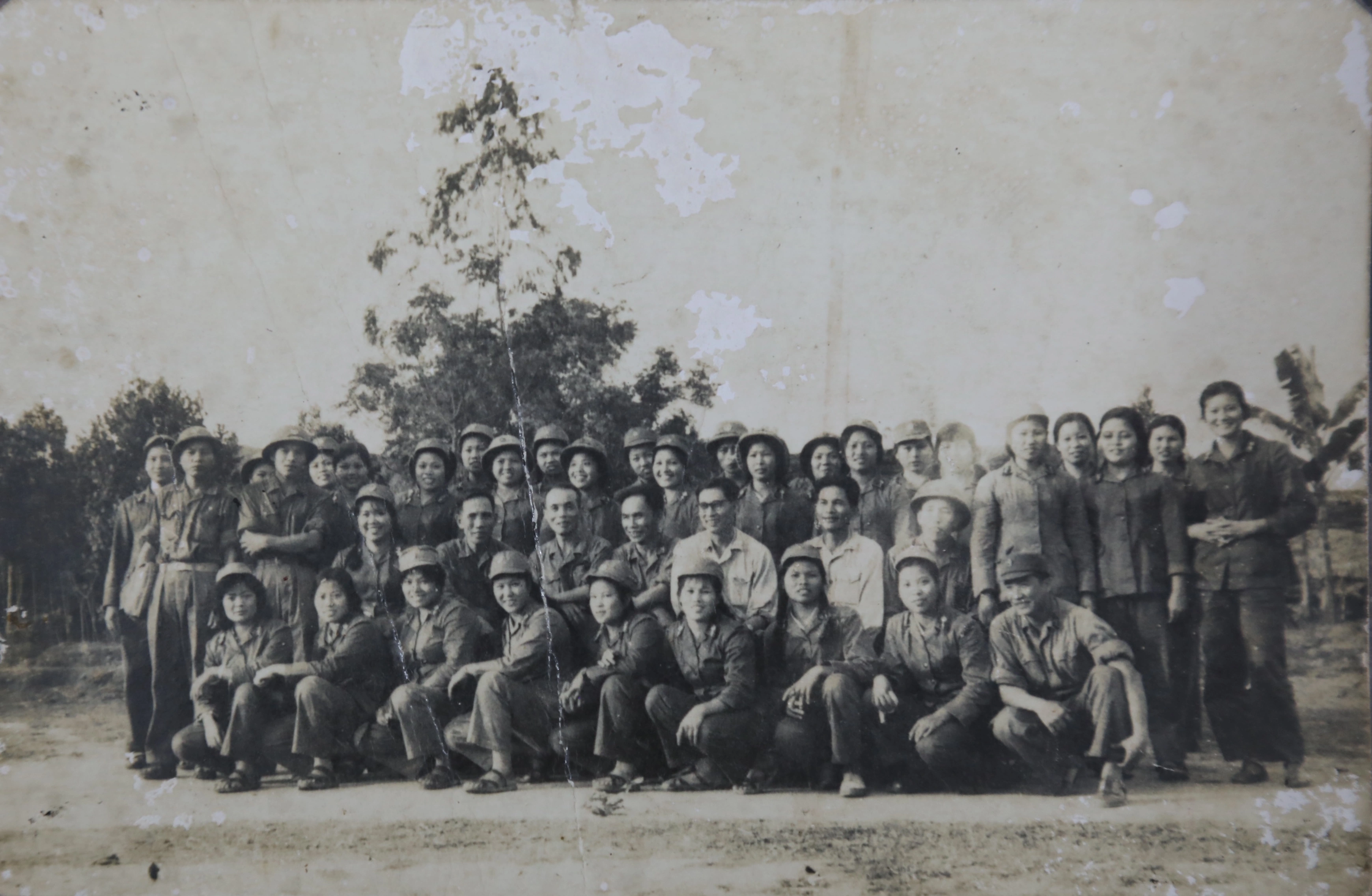


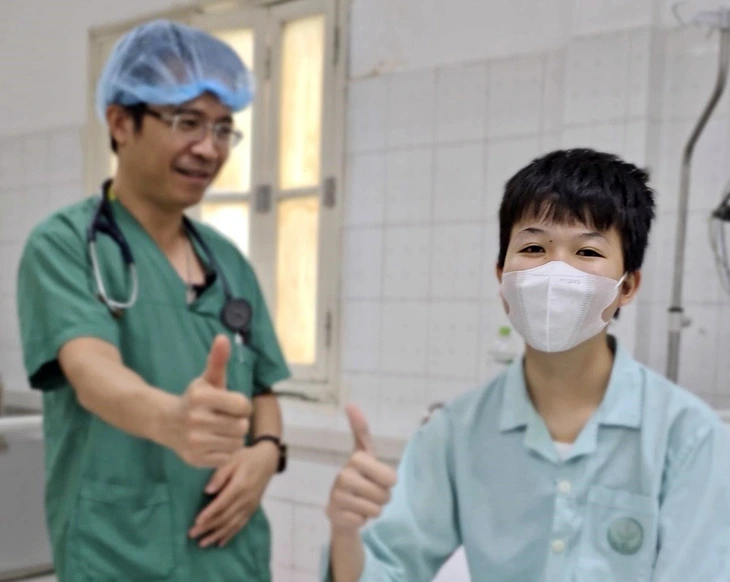


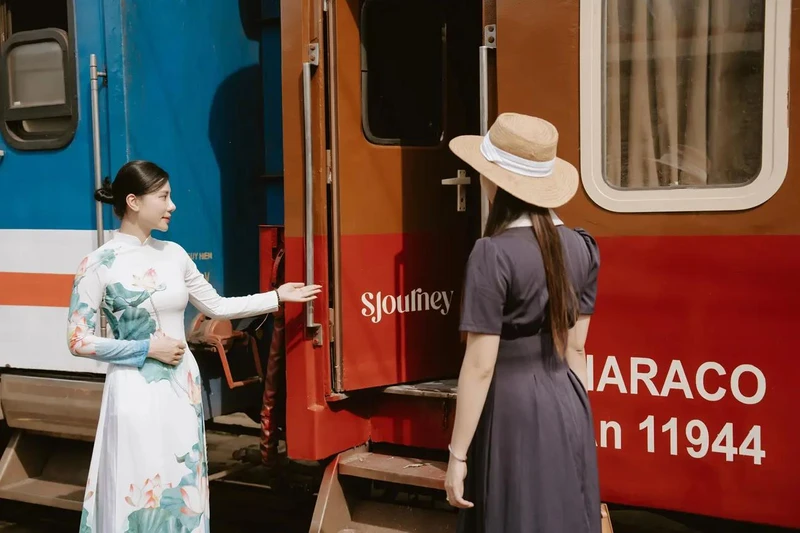

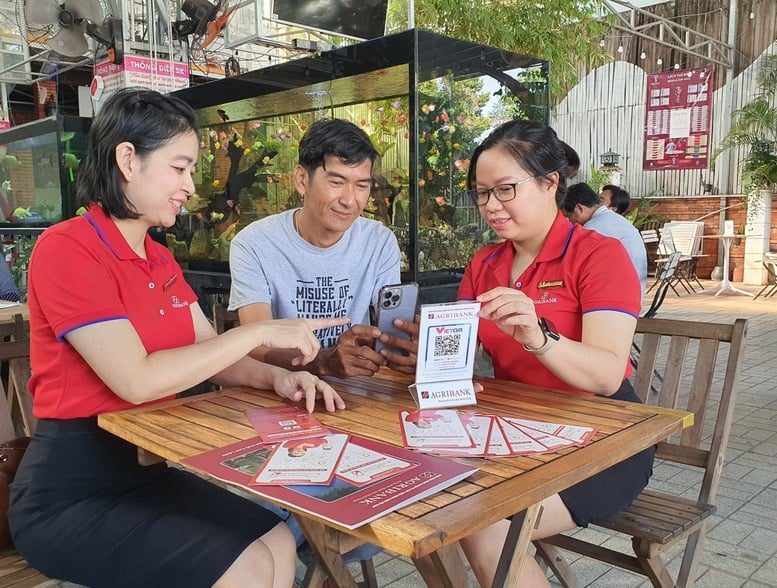

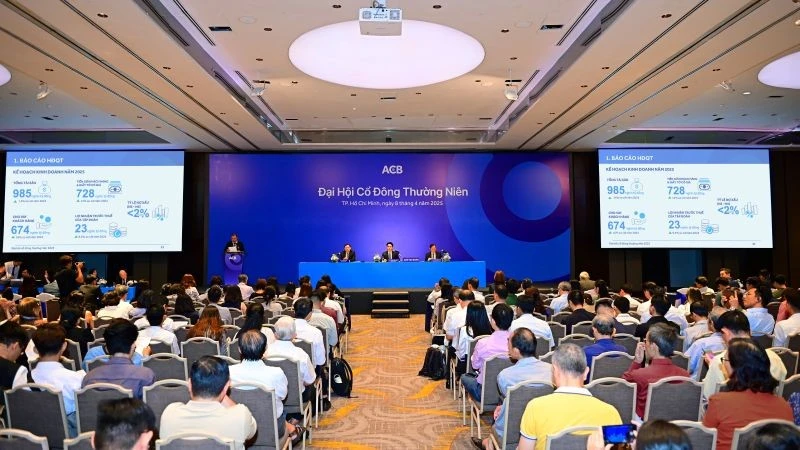
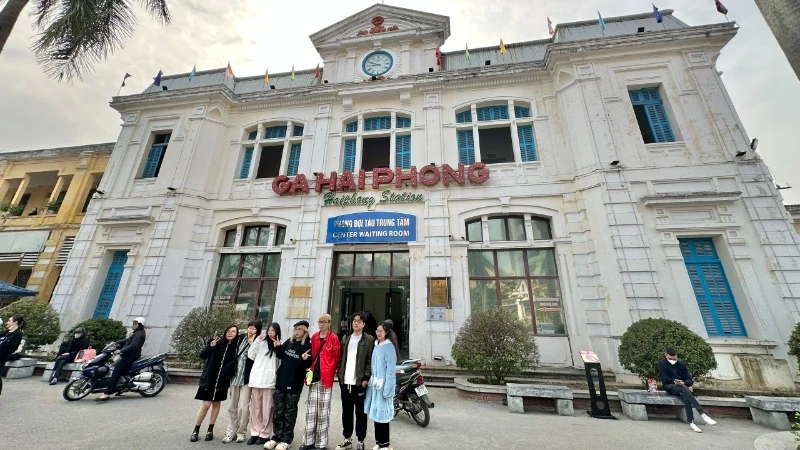
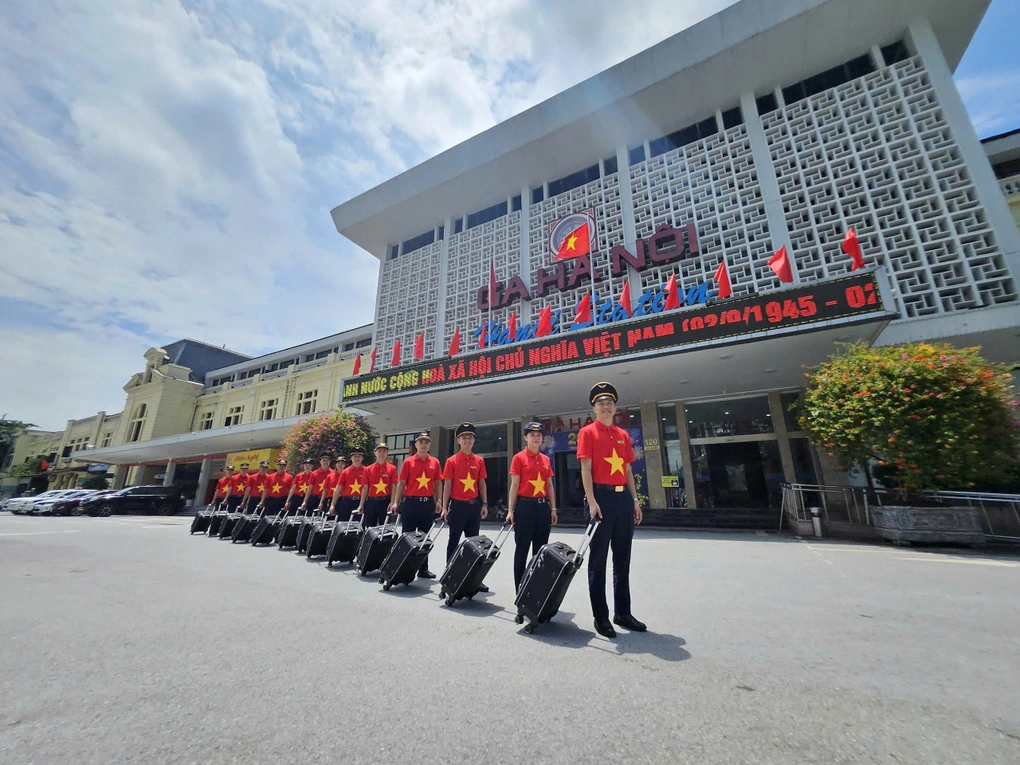
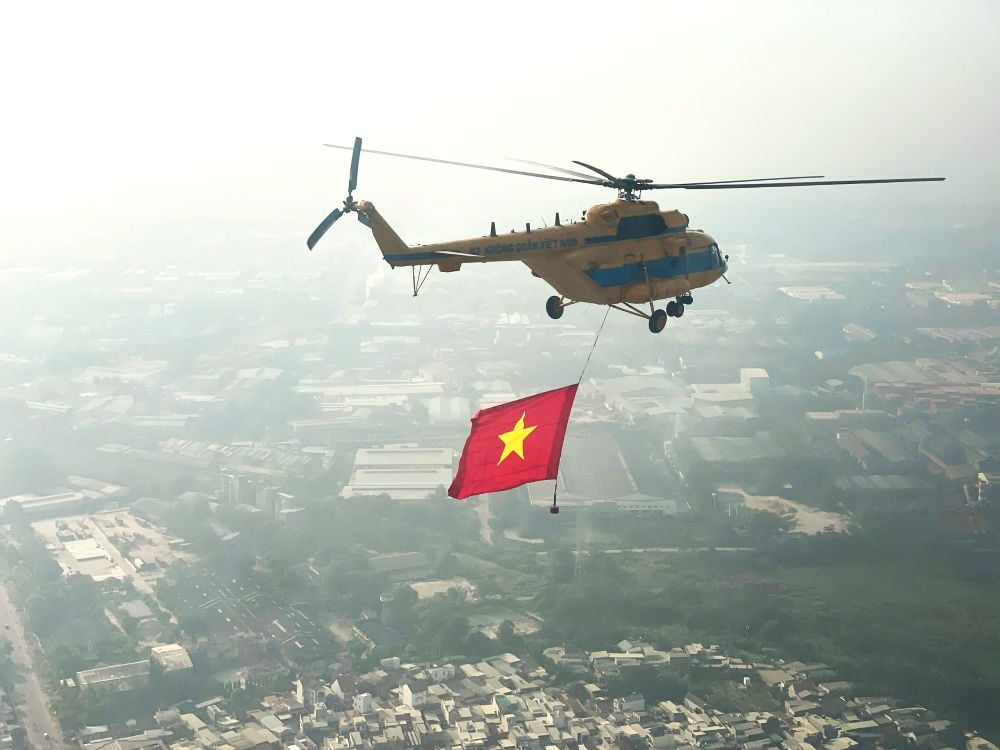

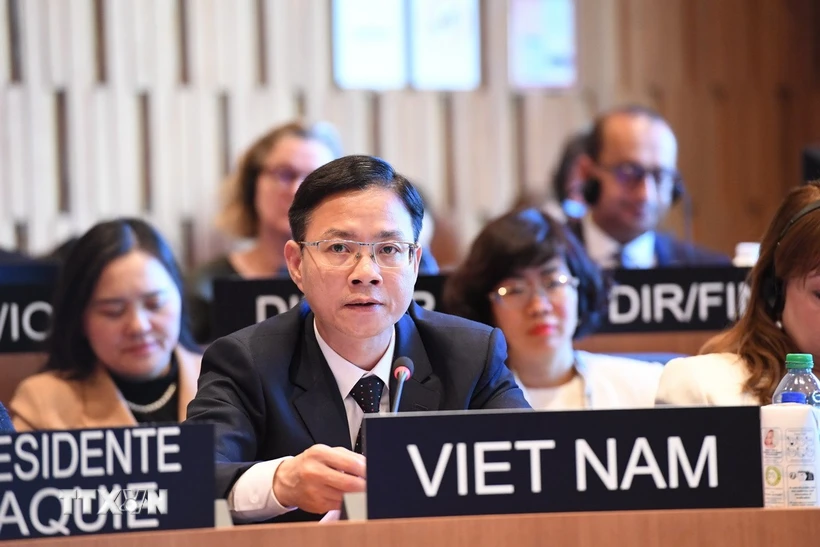
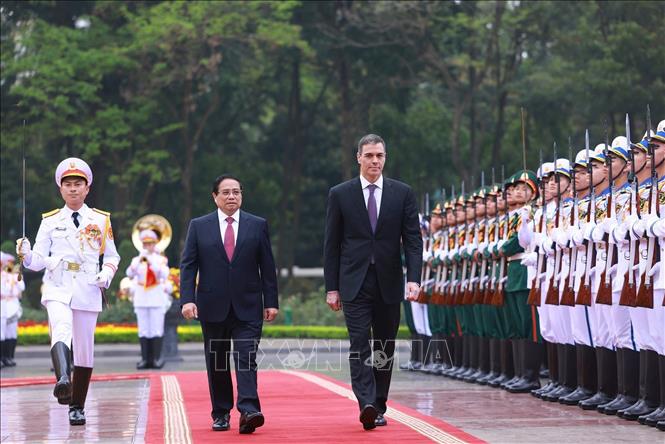
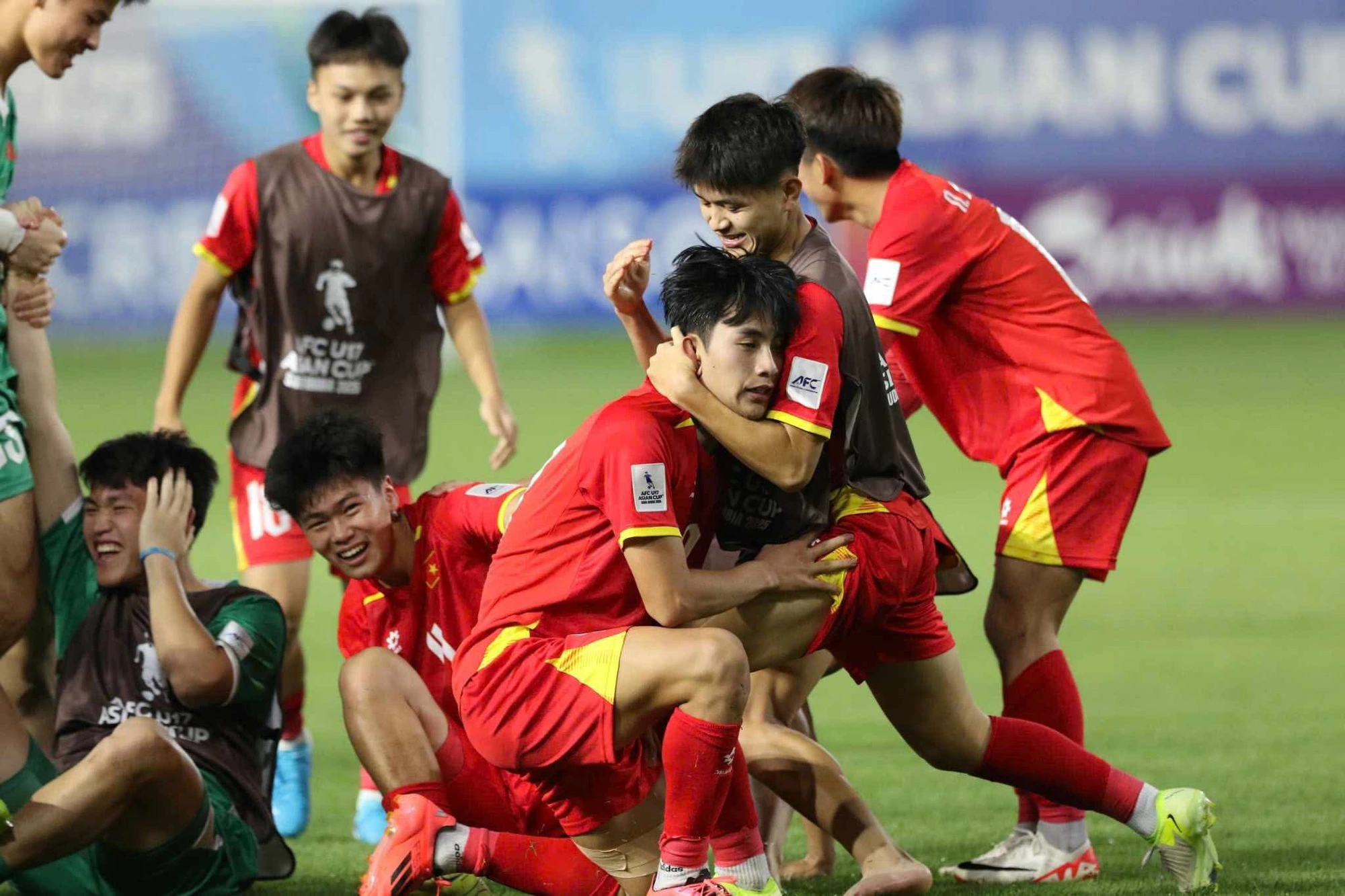



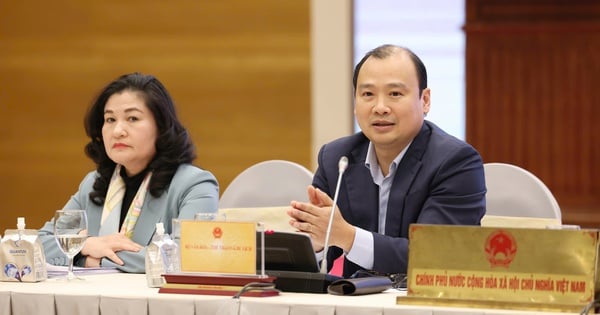




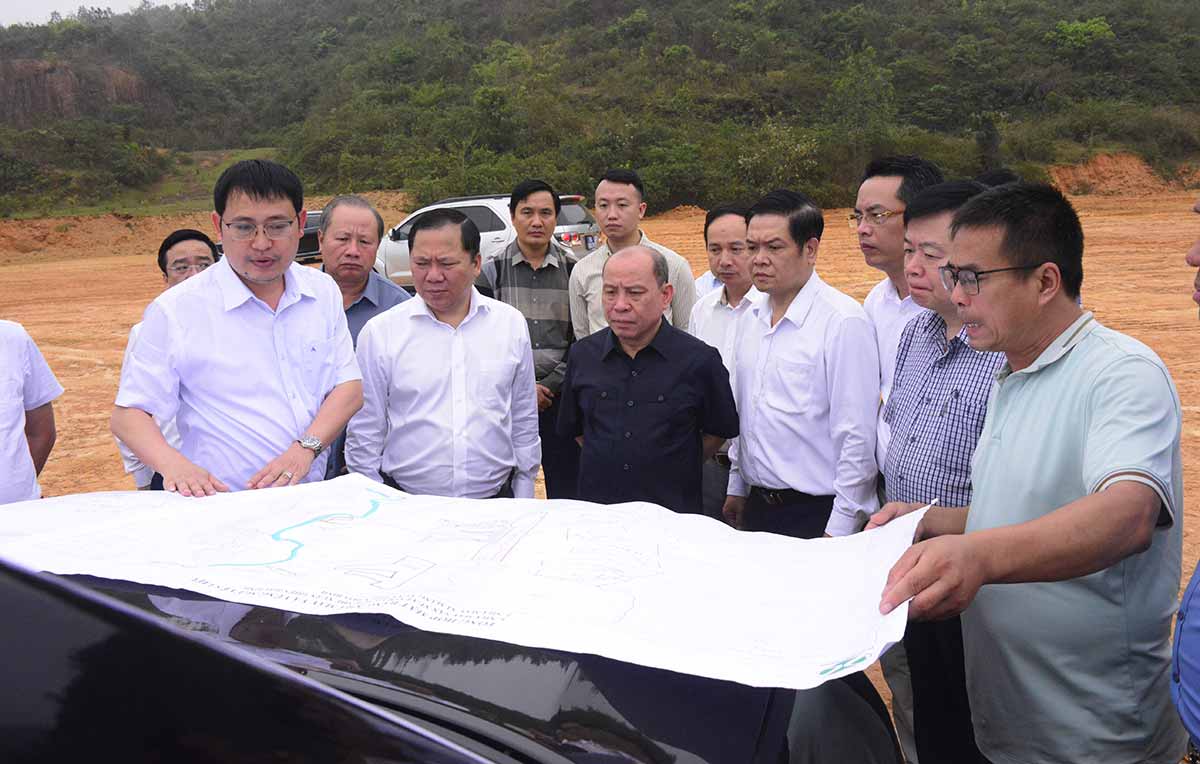
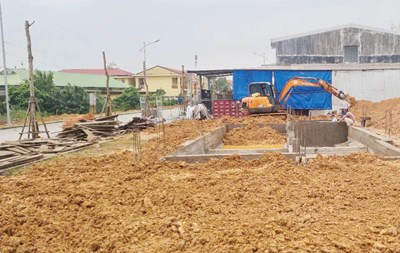
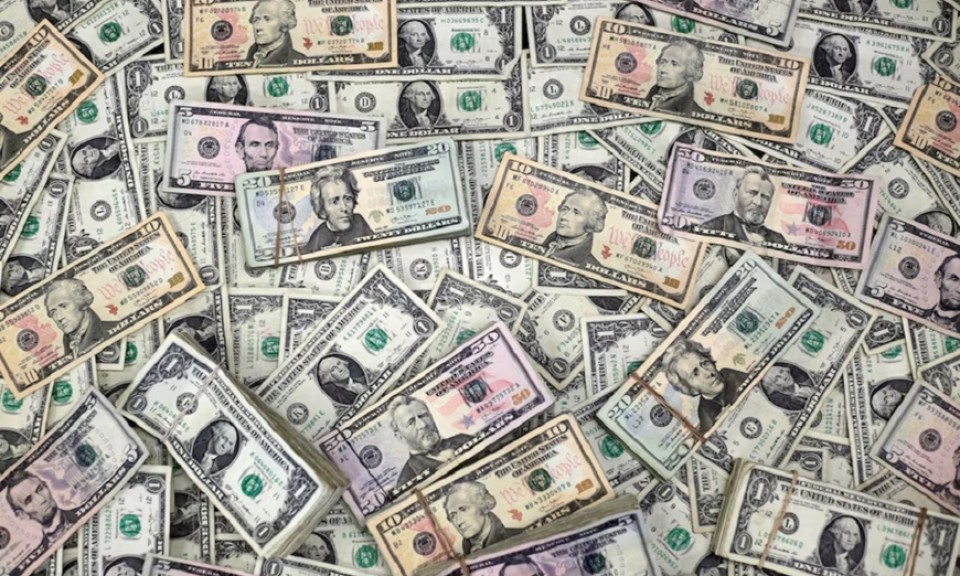
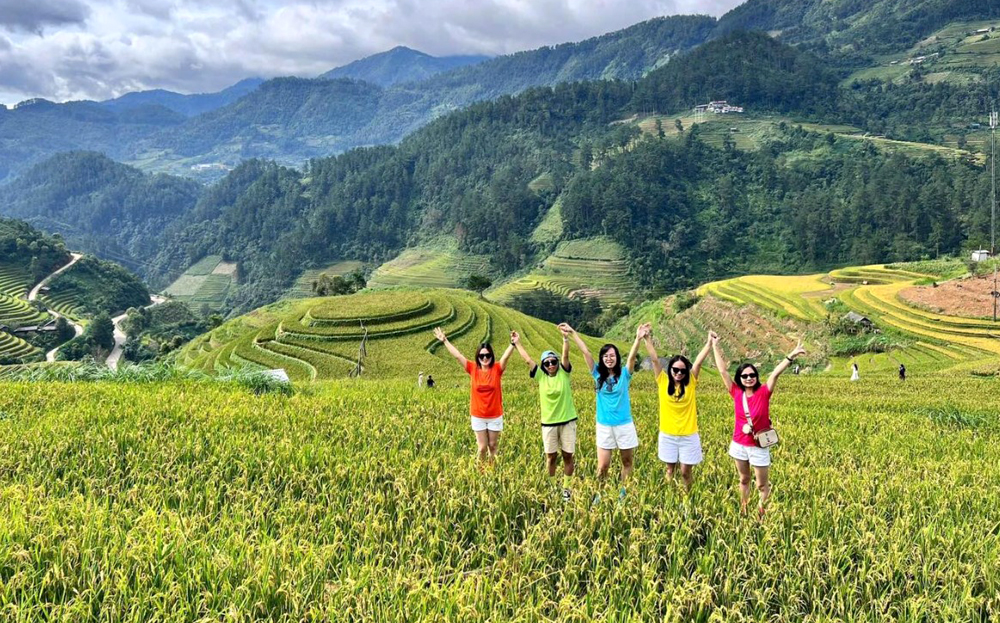
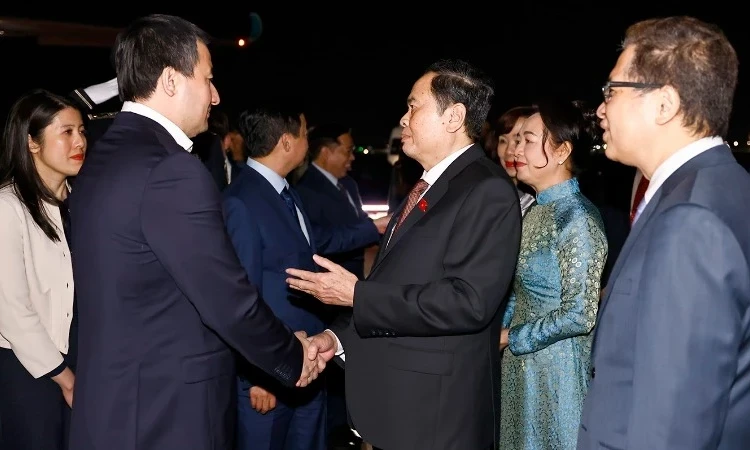
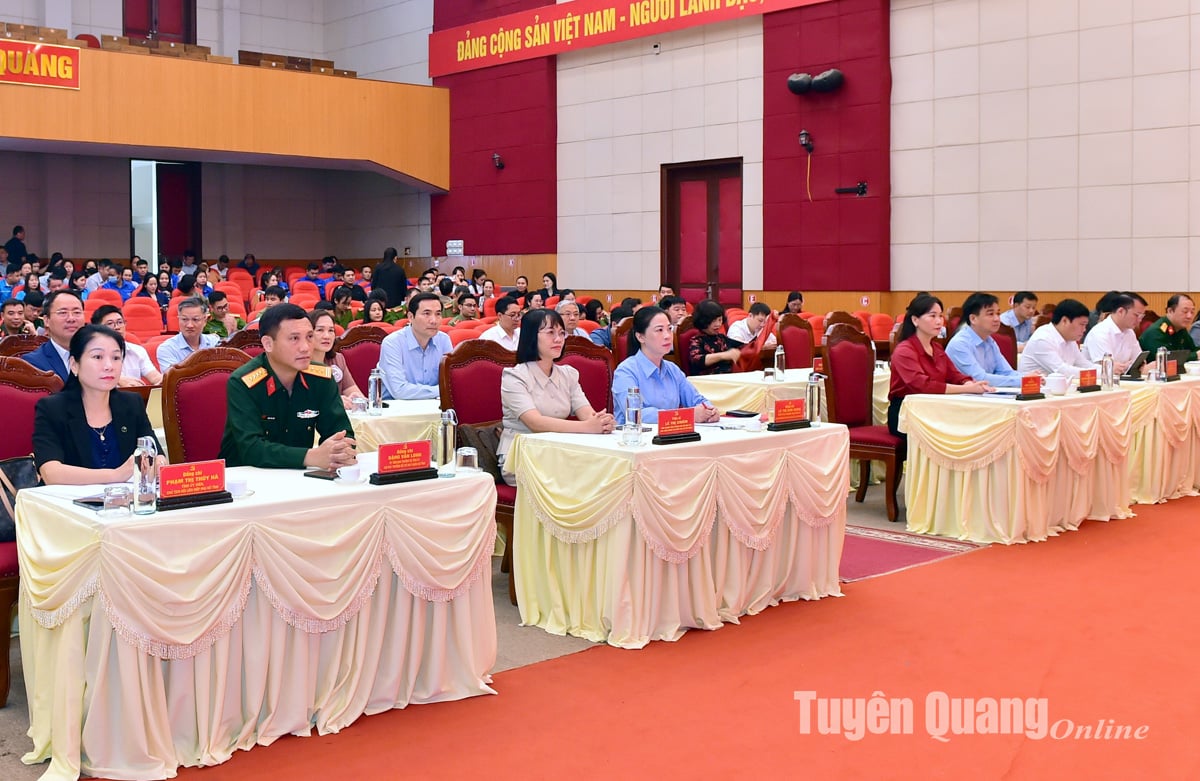
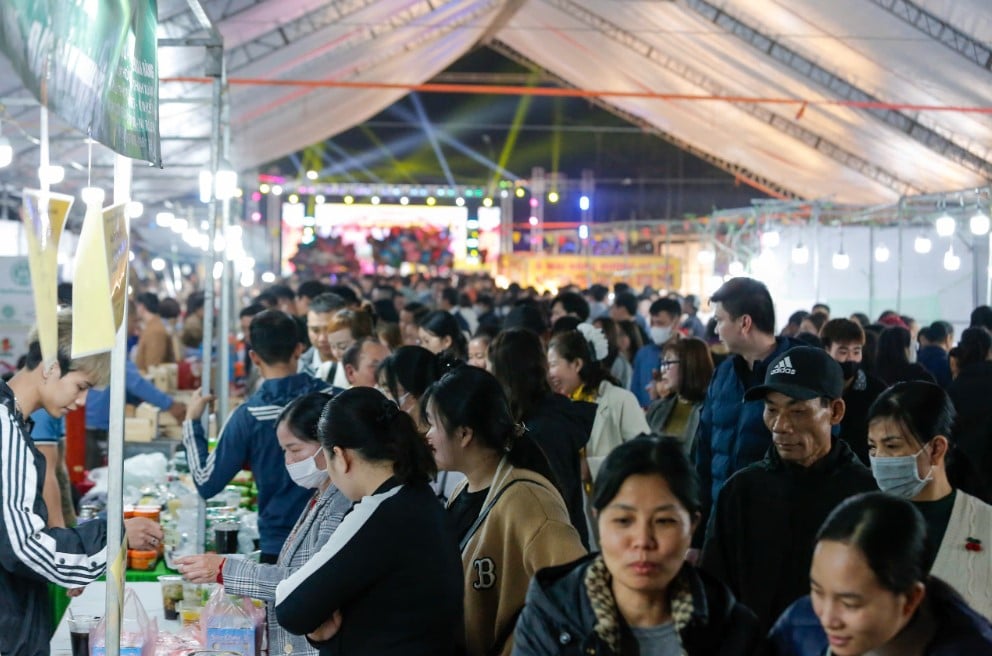
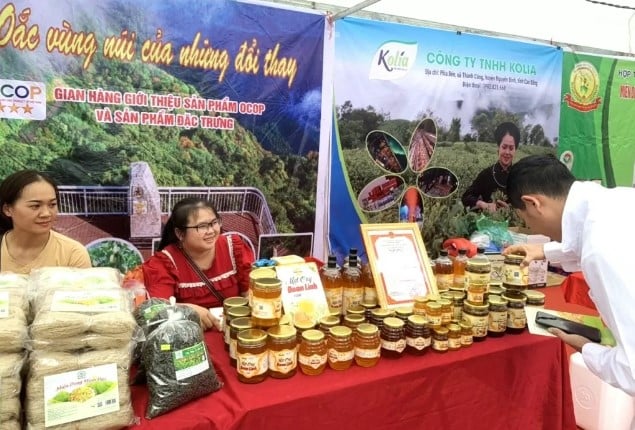

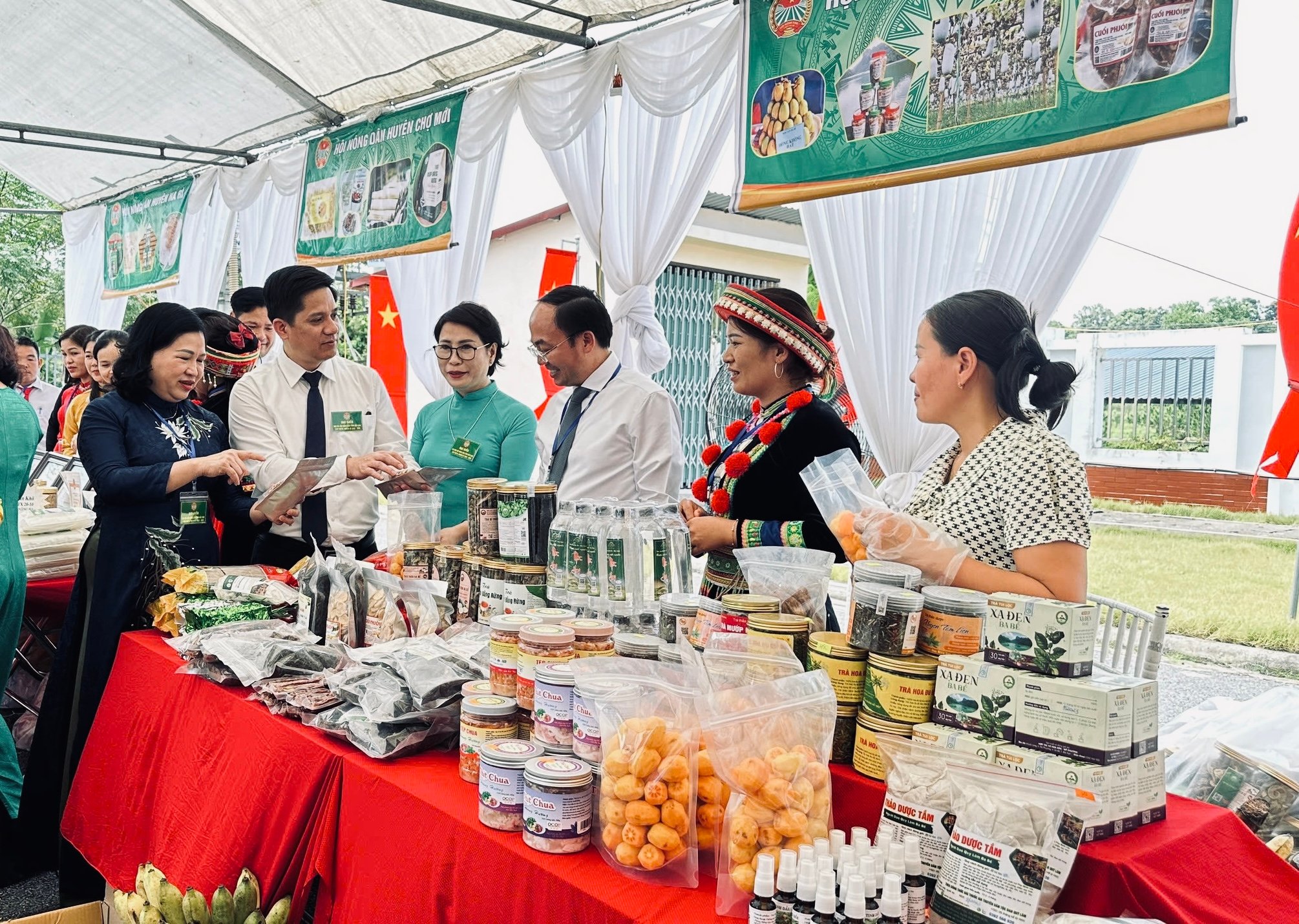
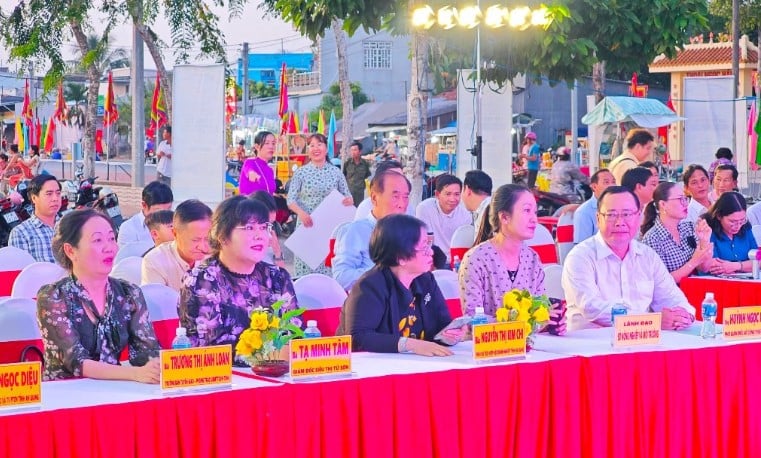

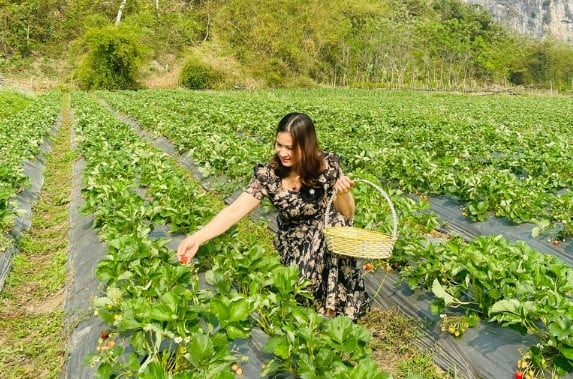

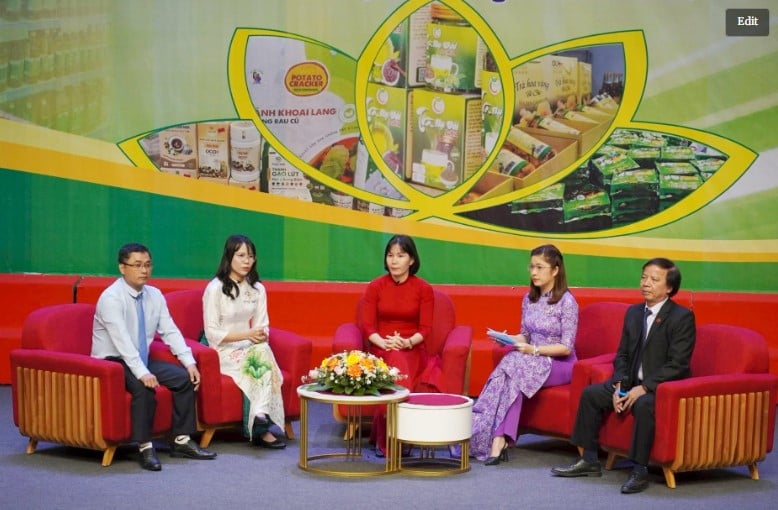

Comment (0)